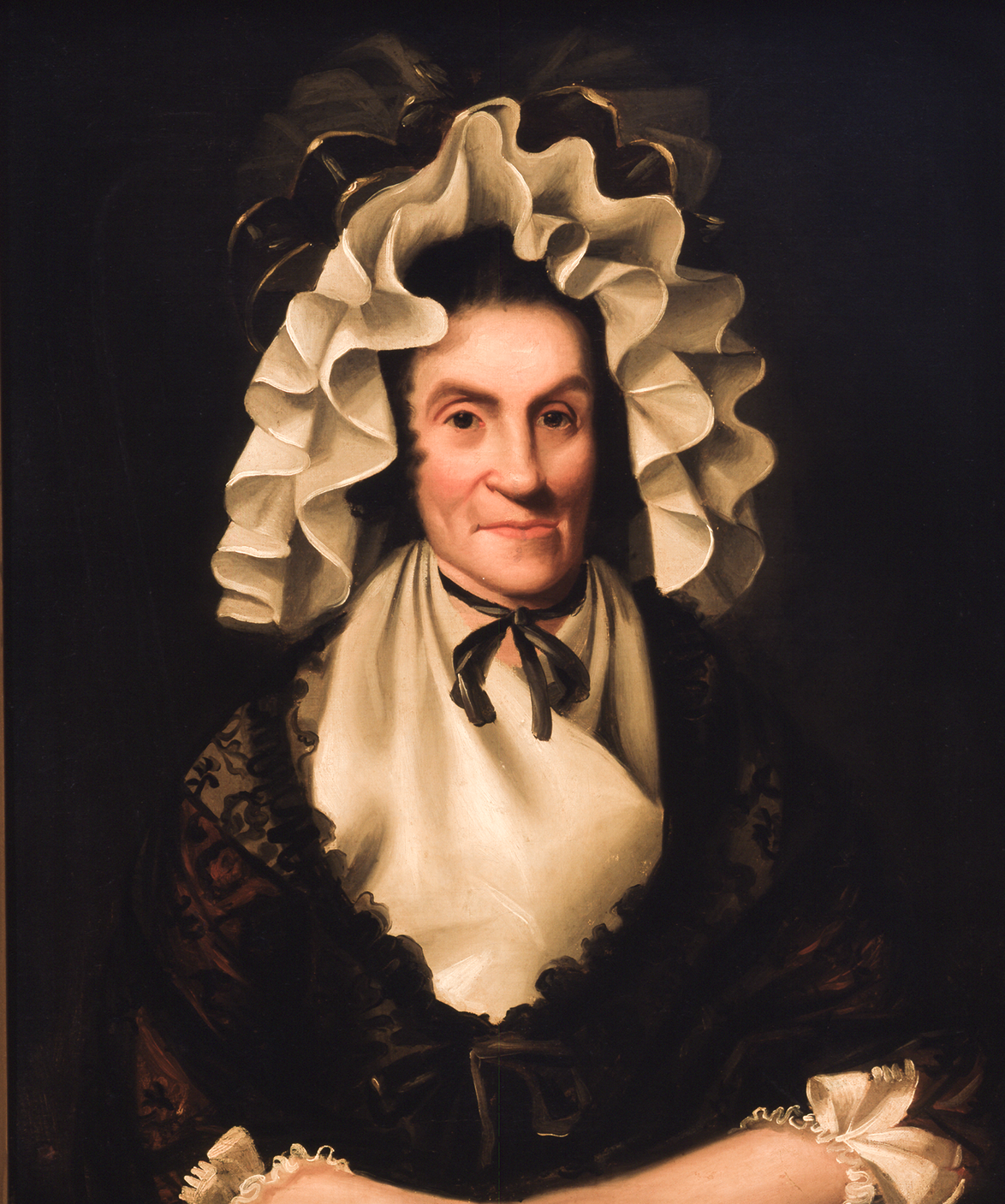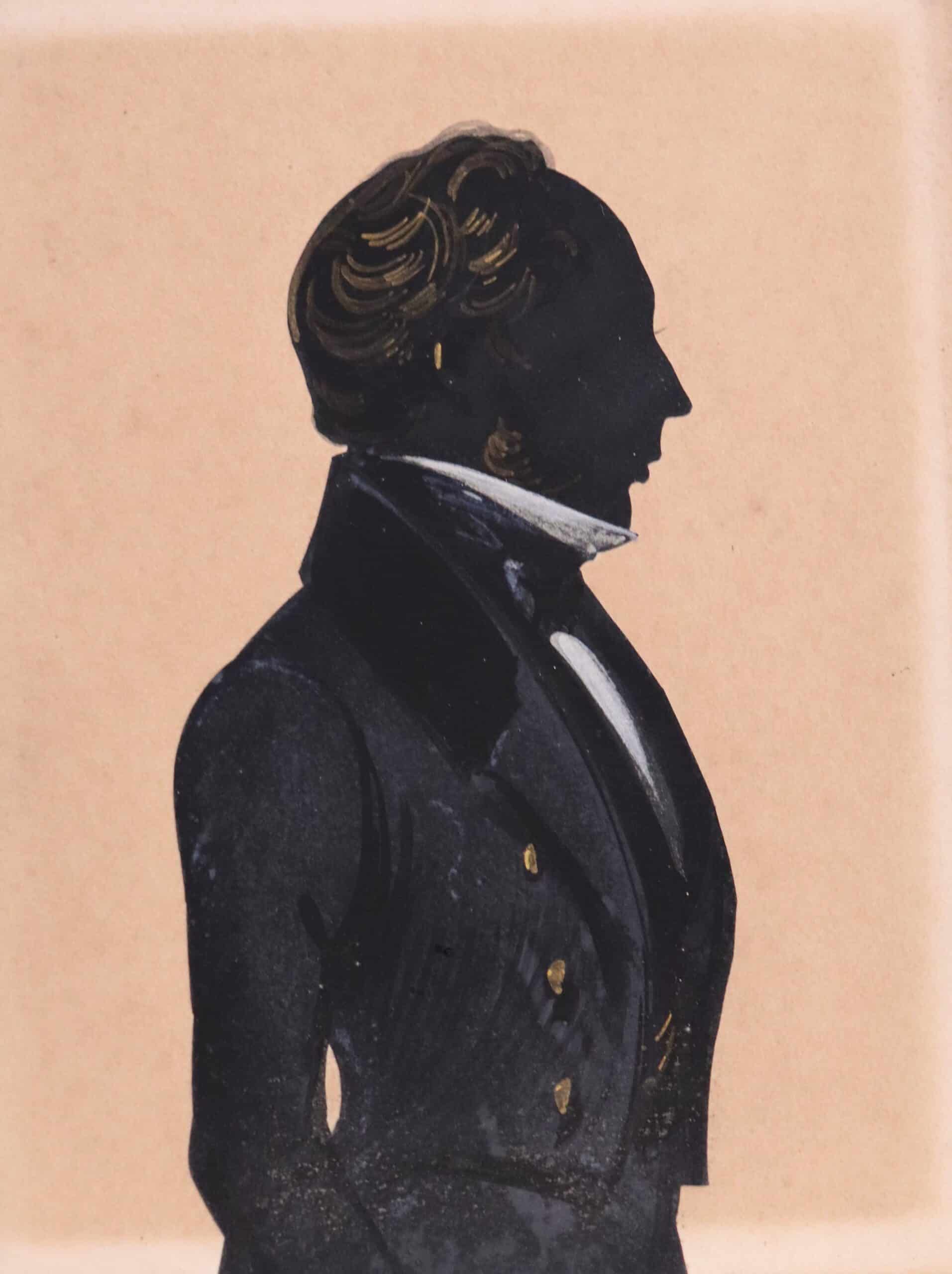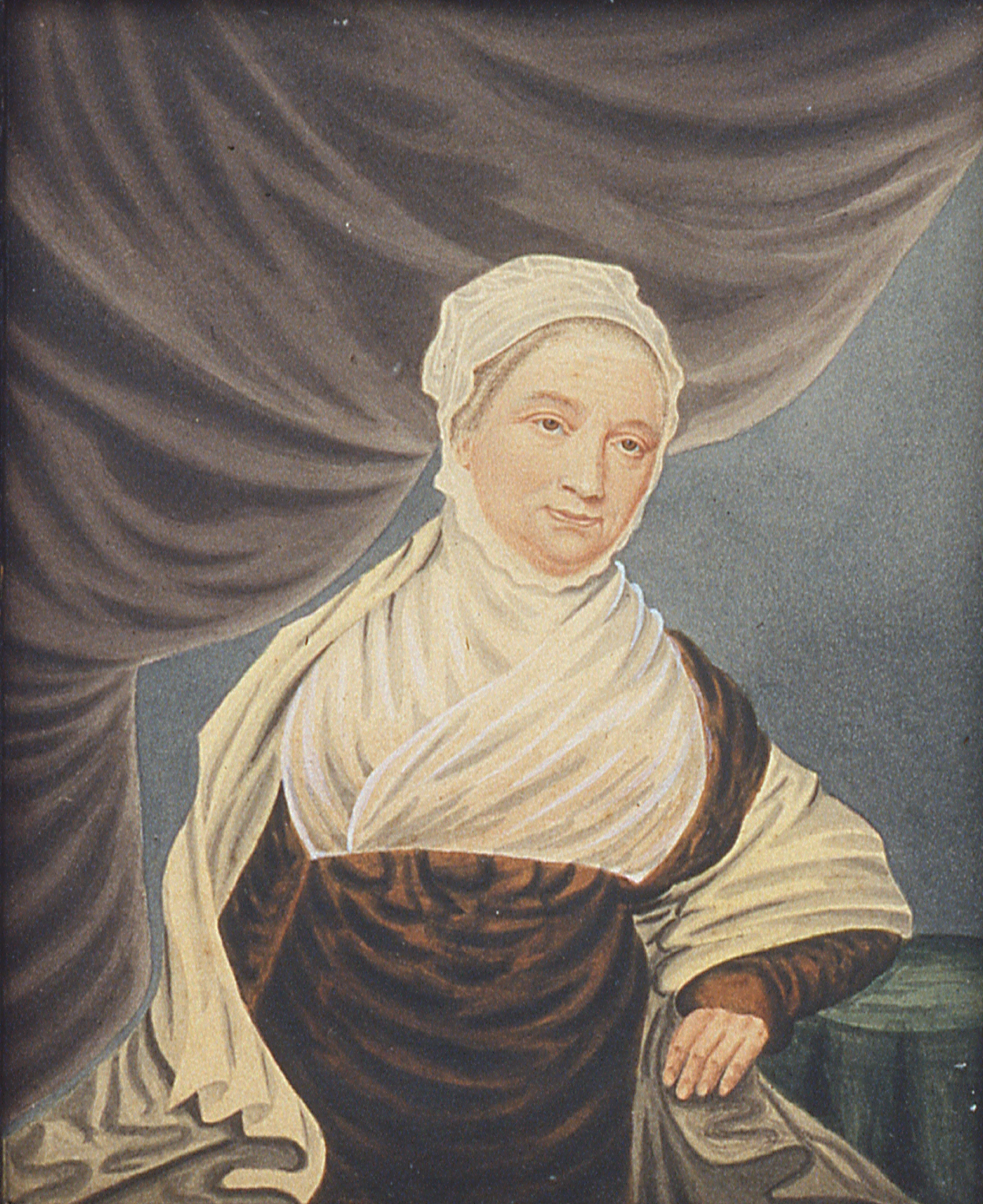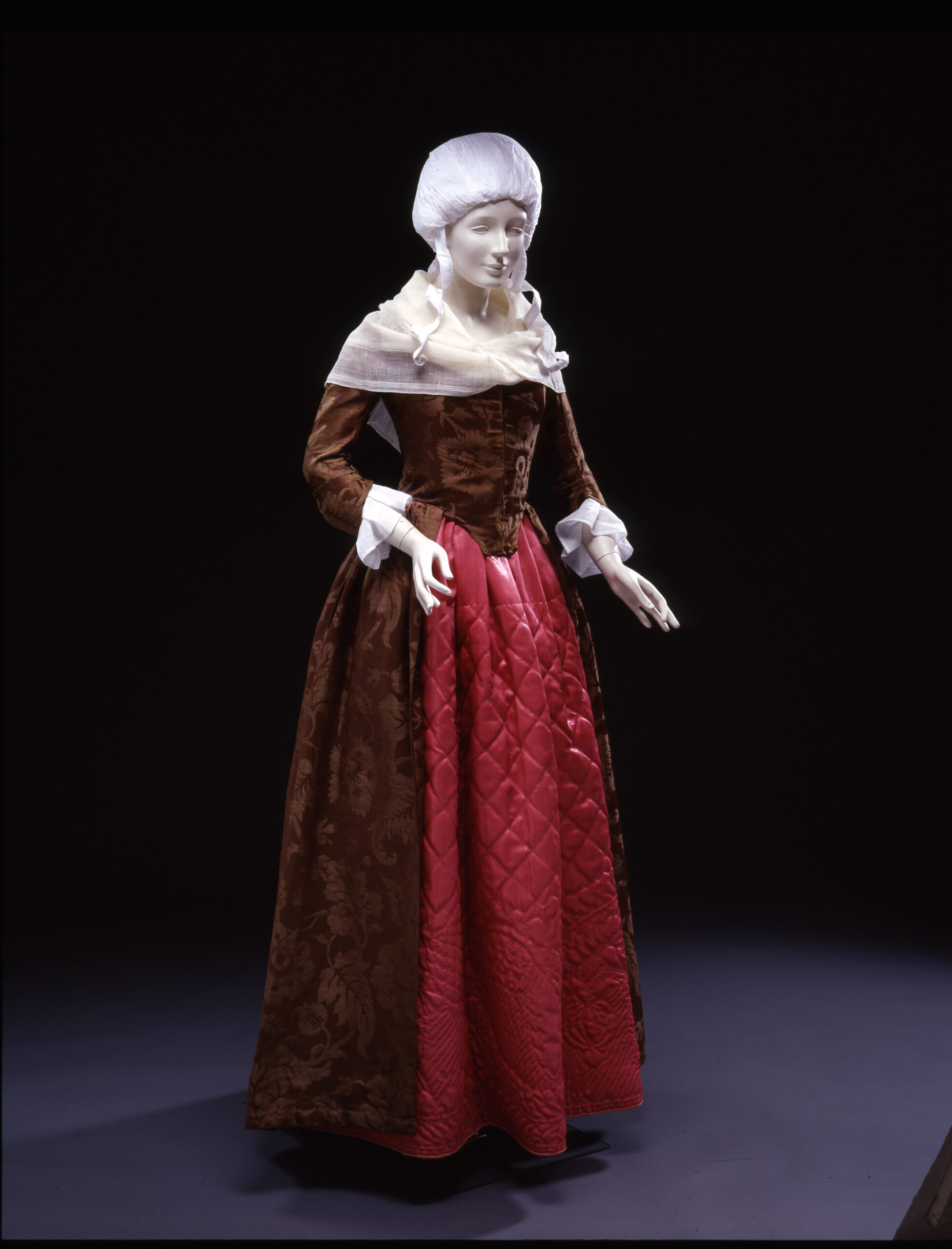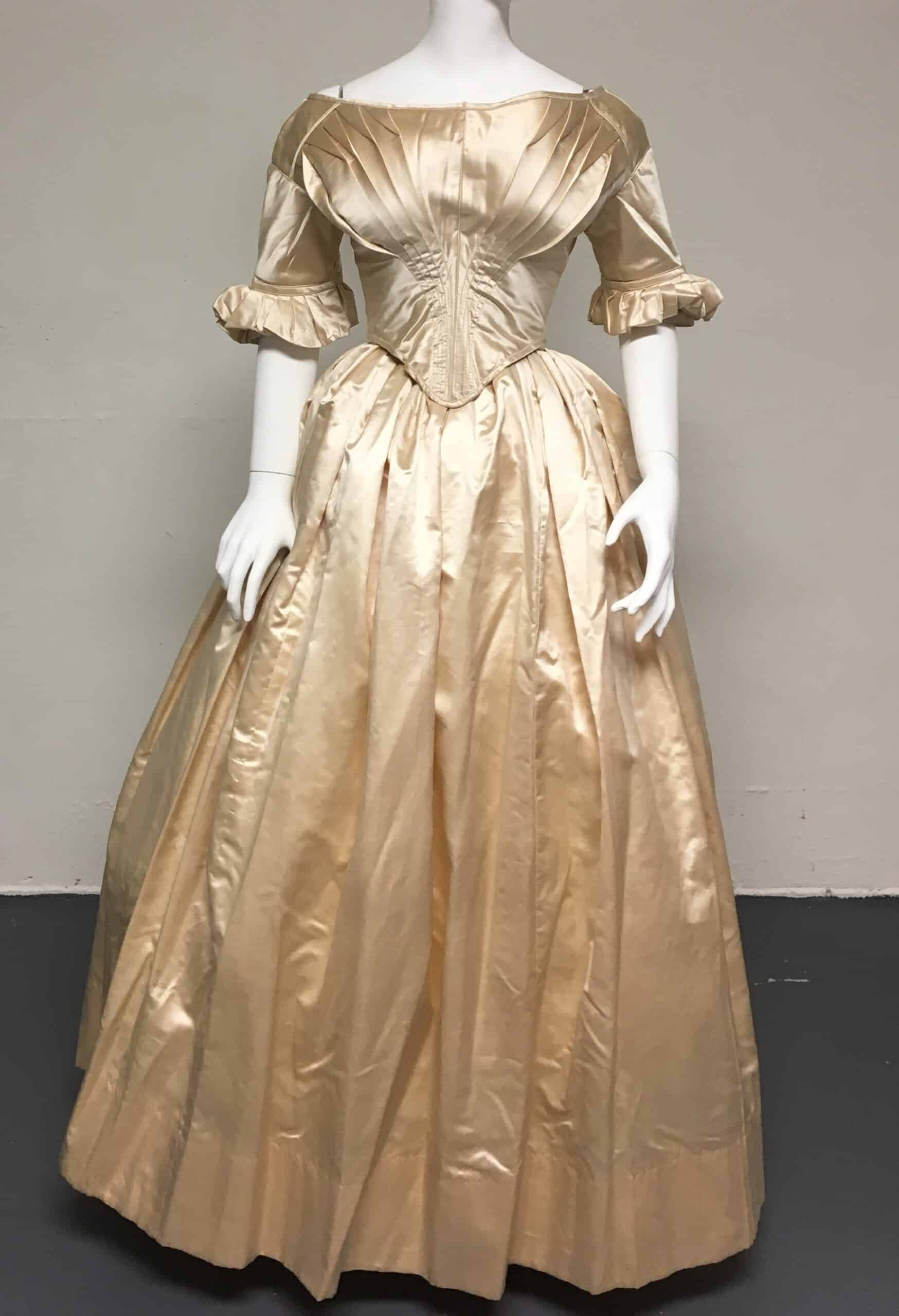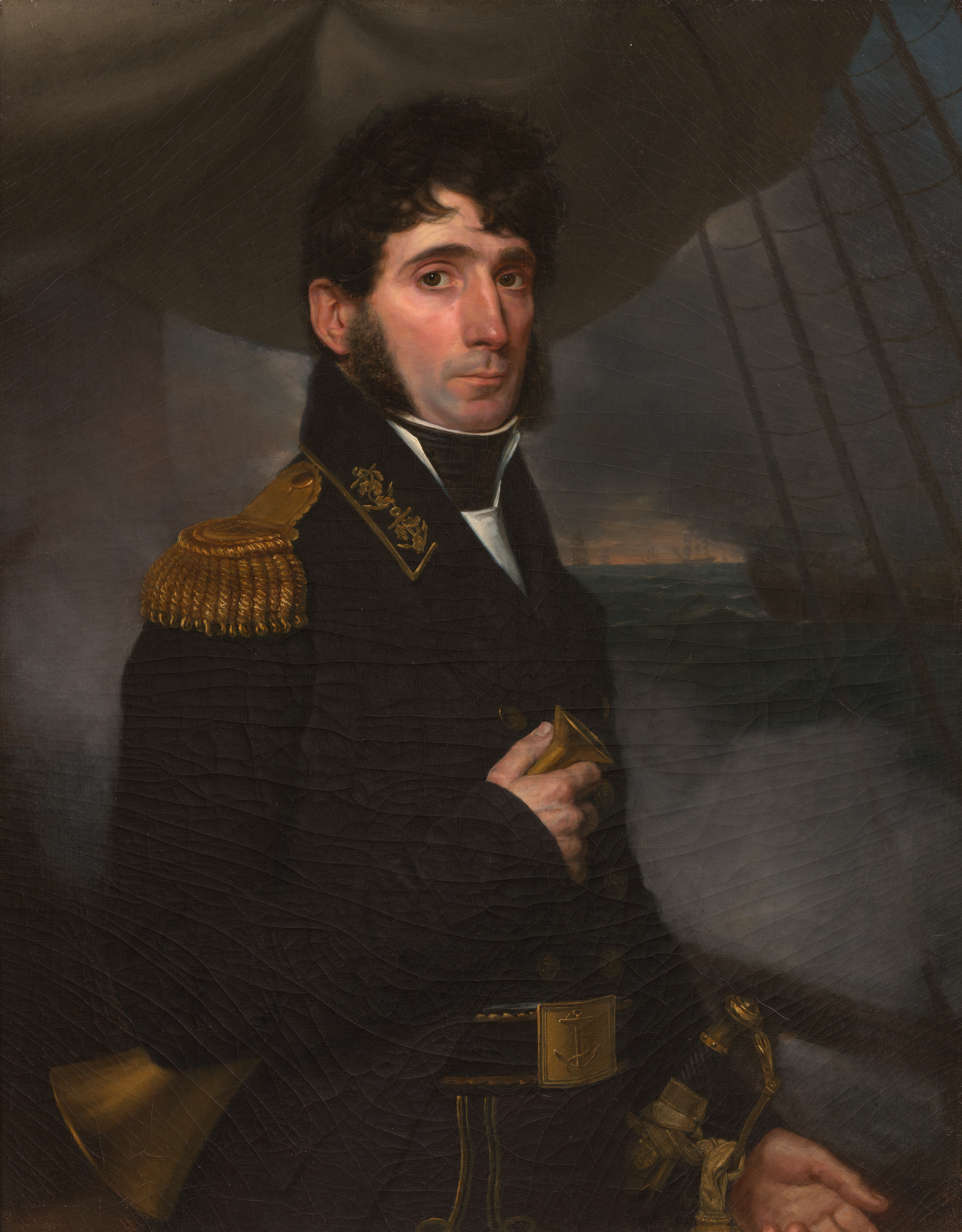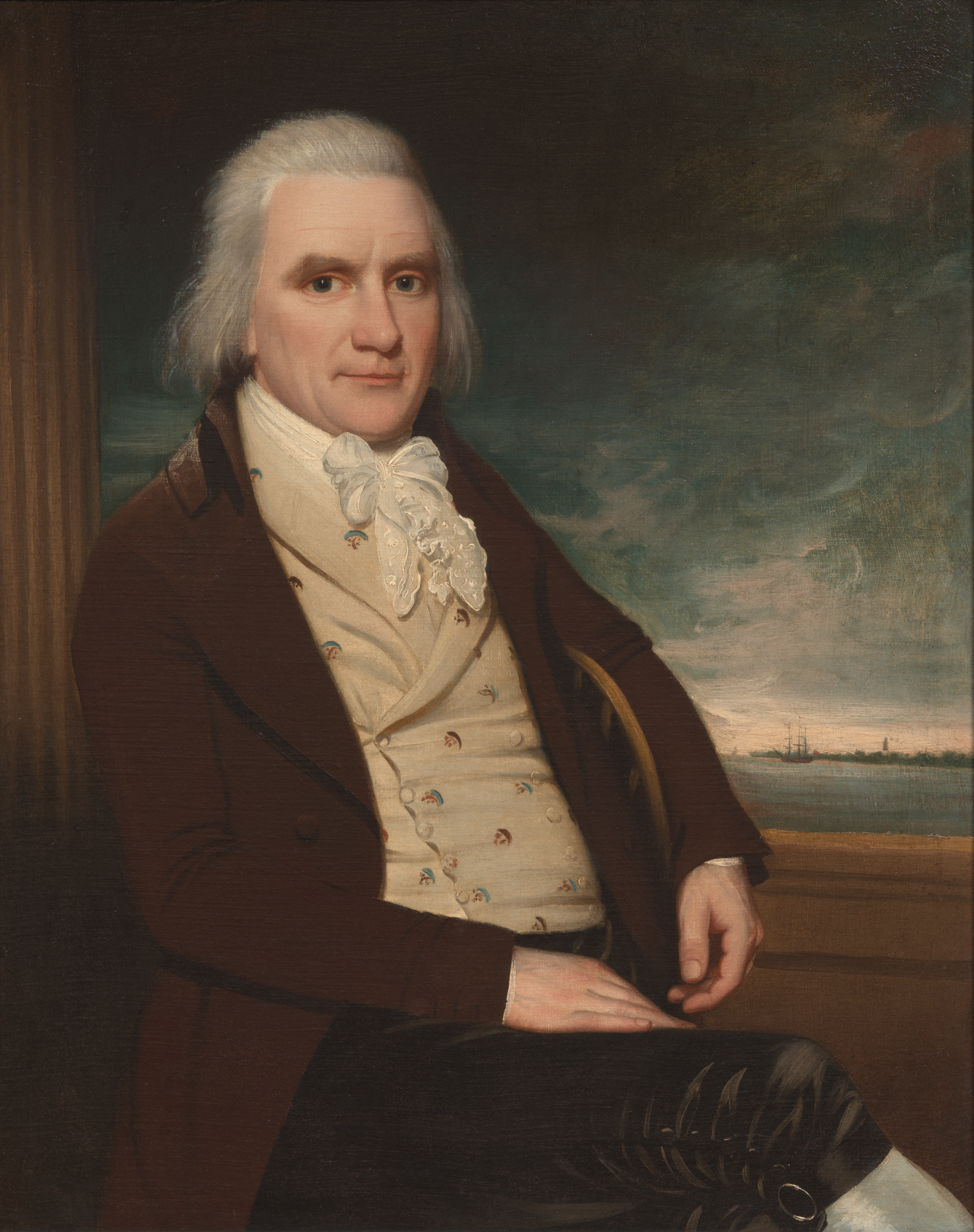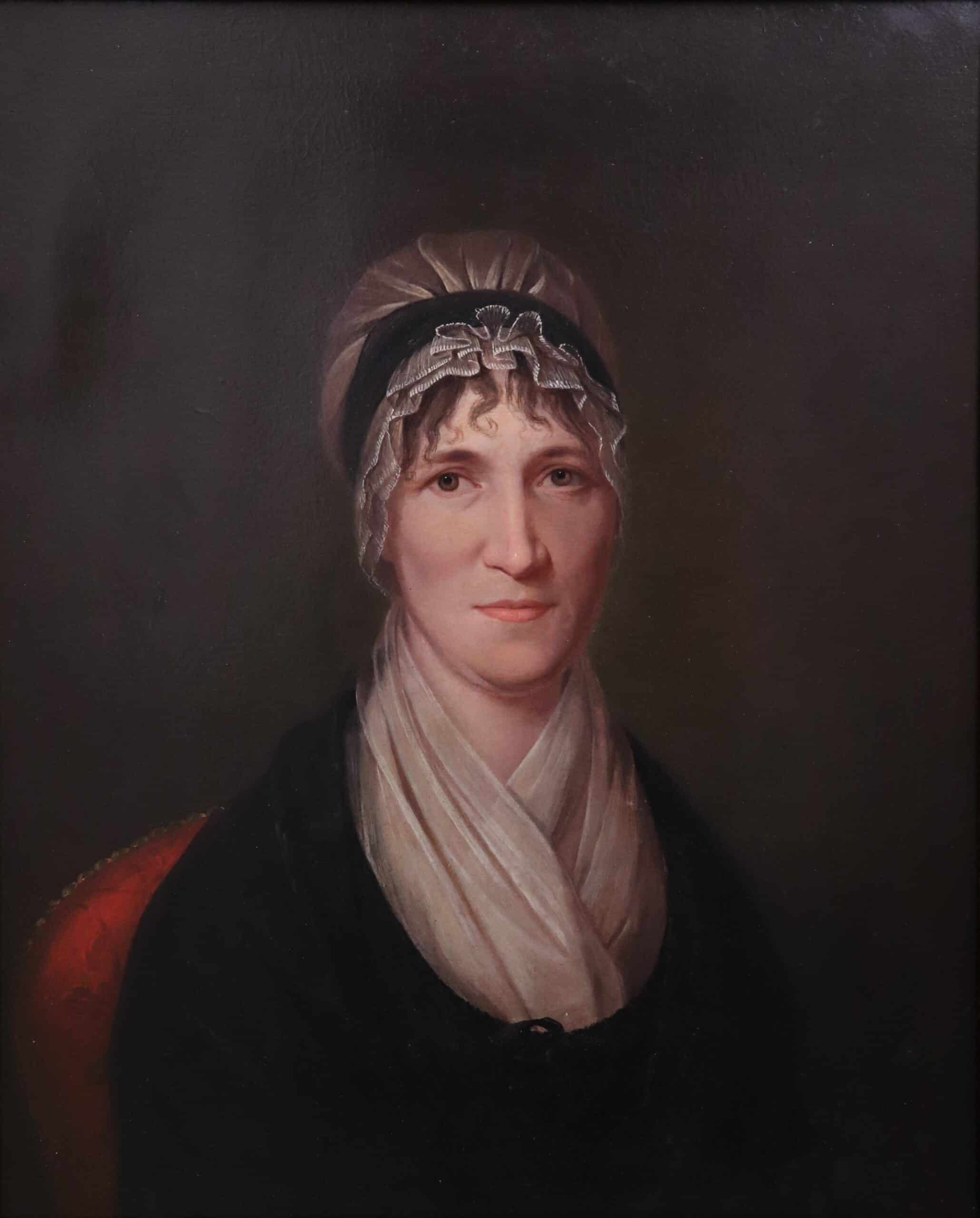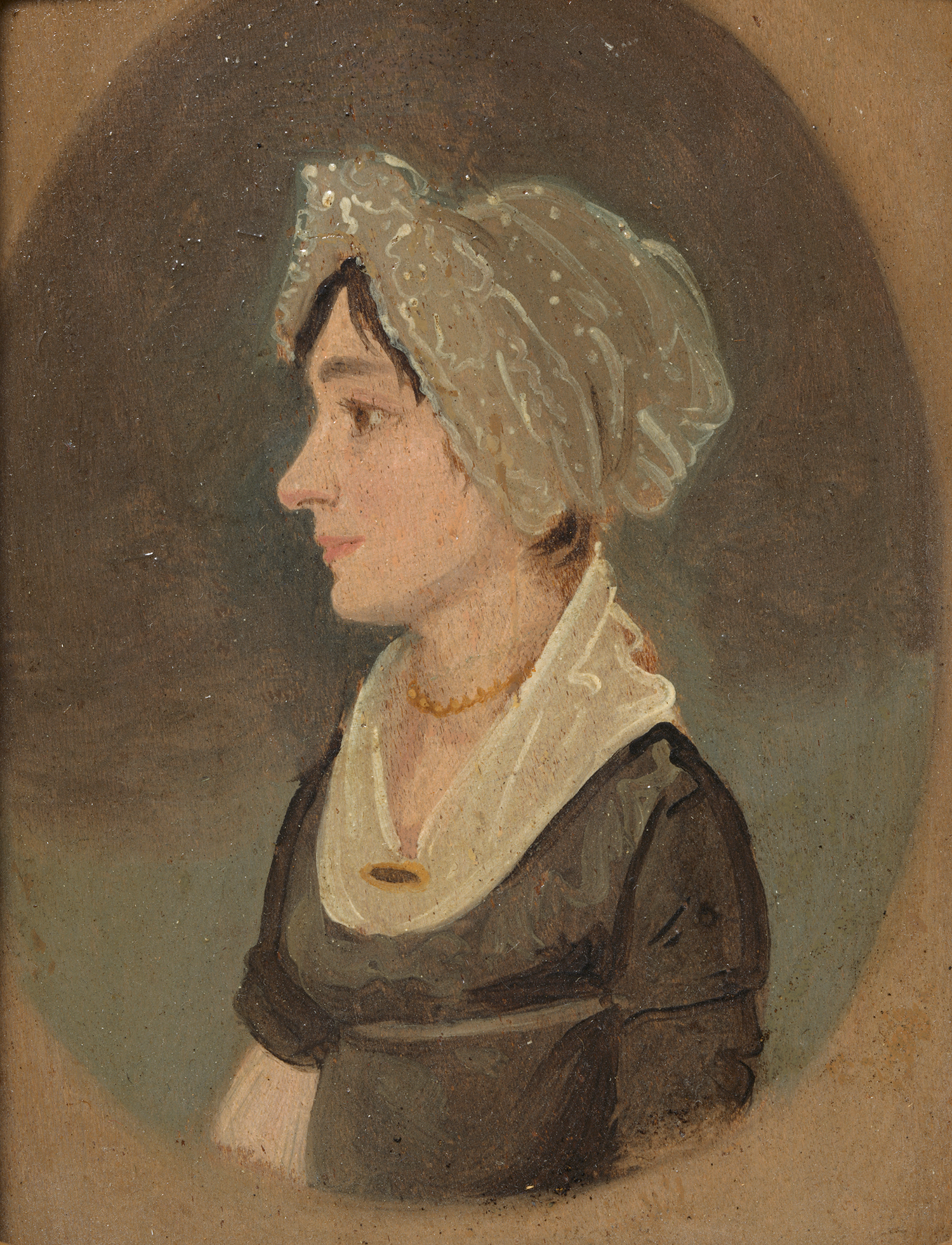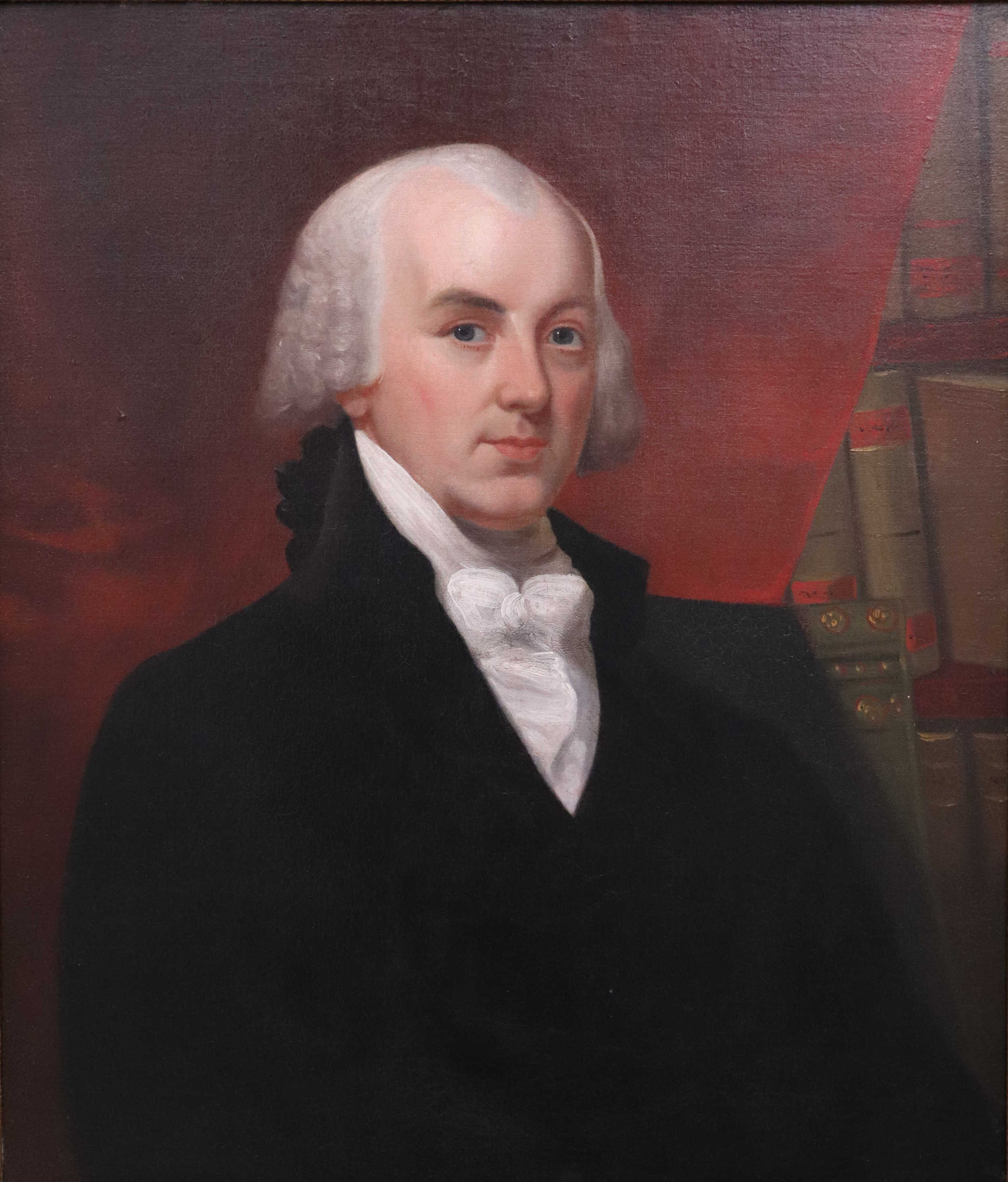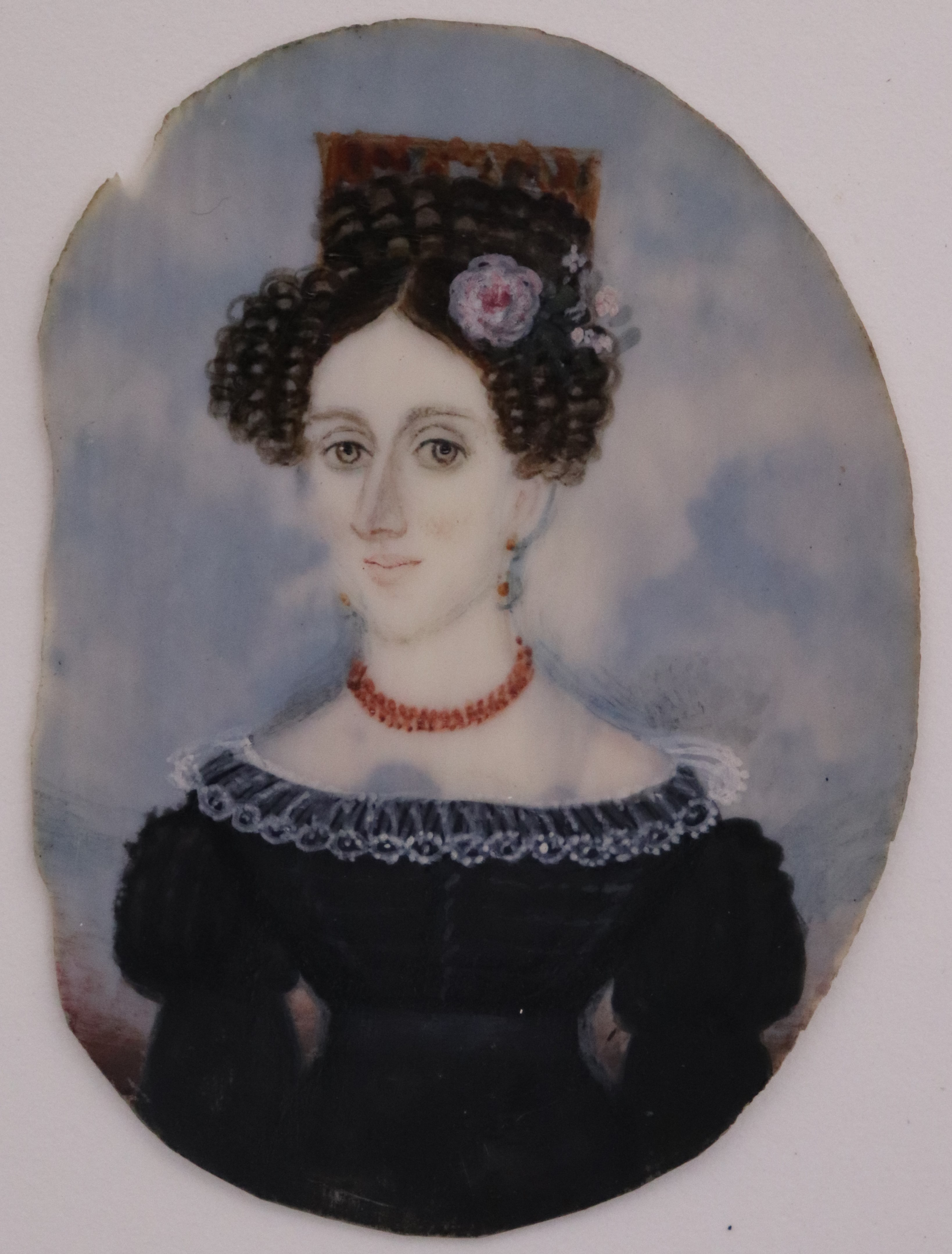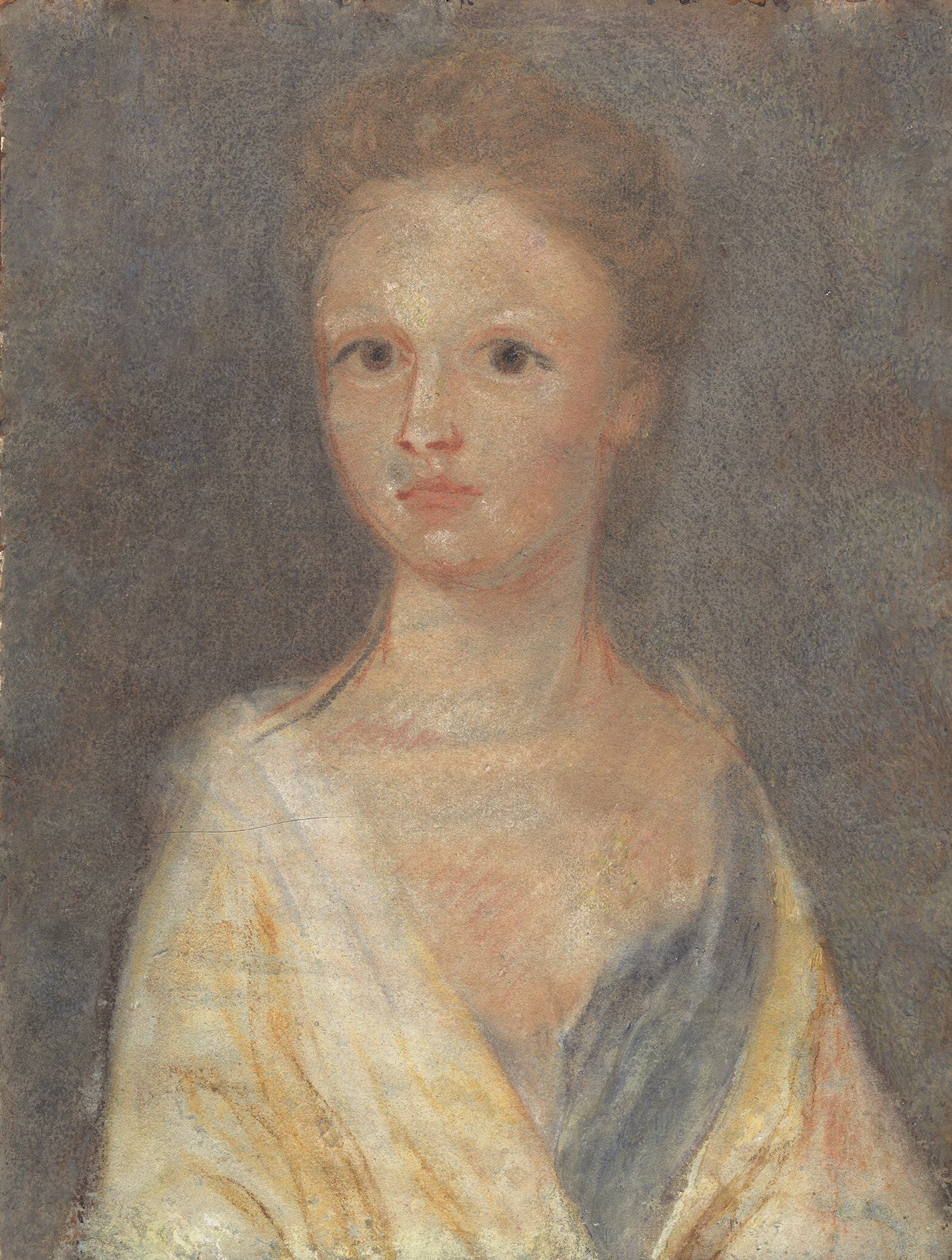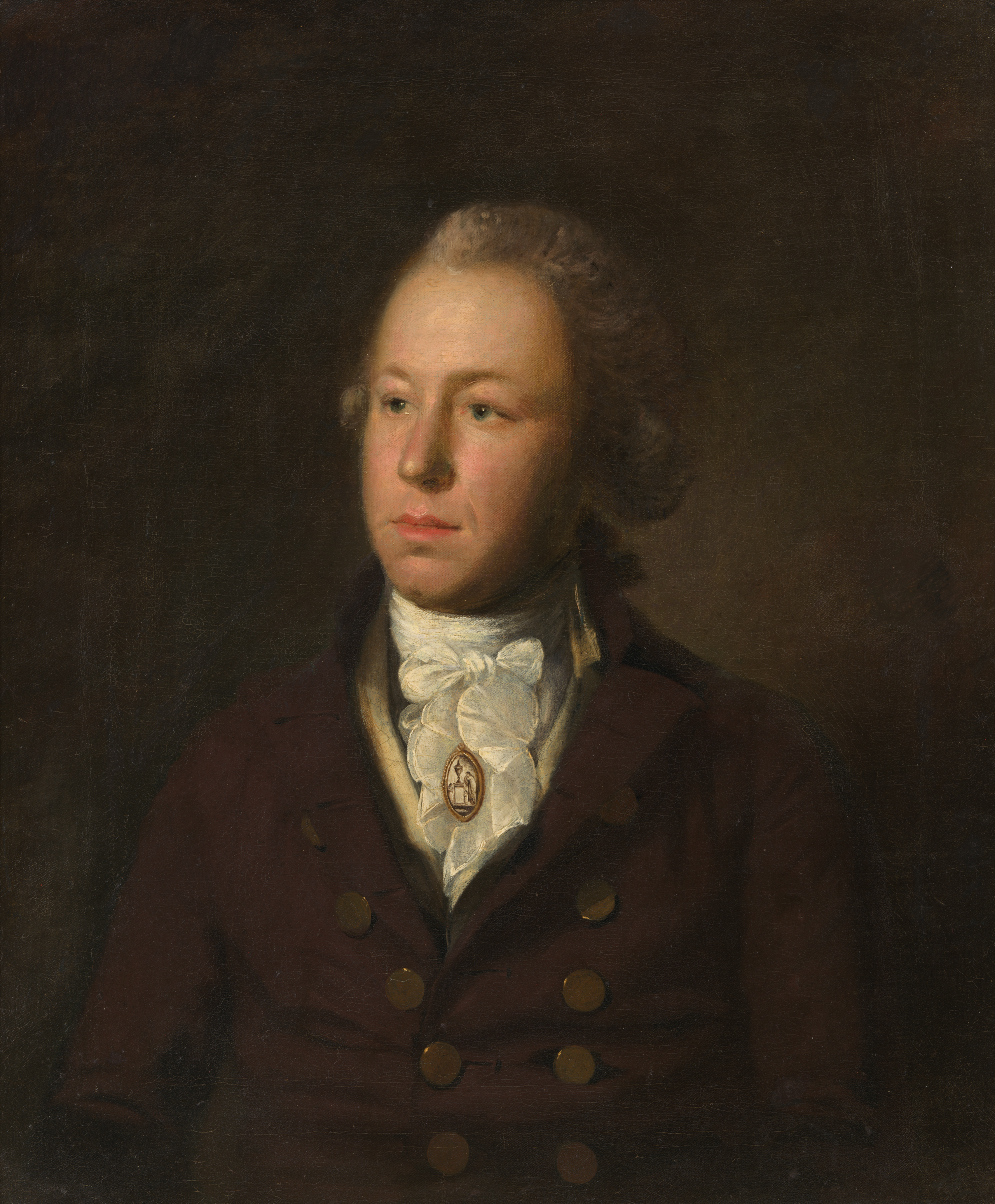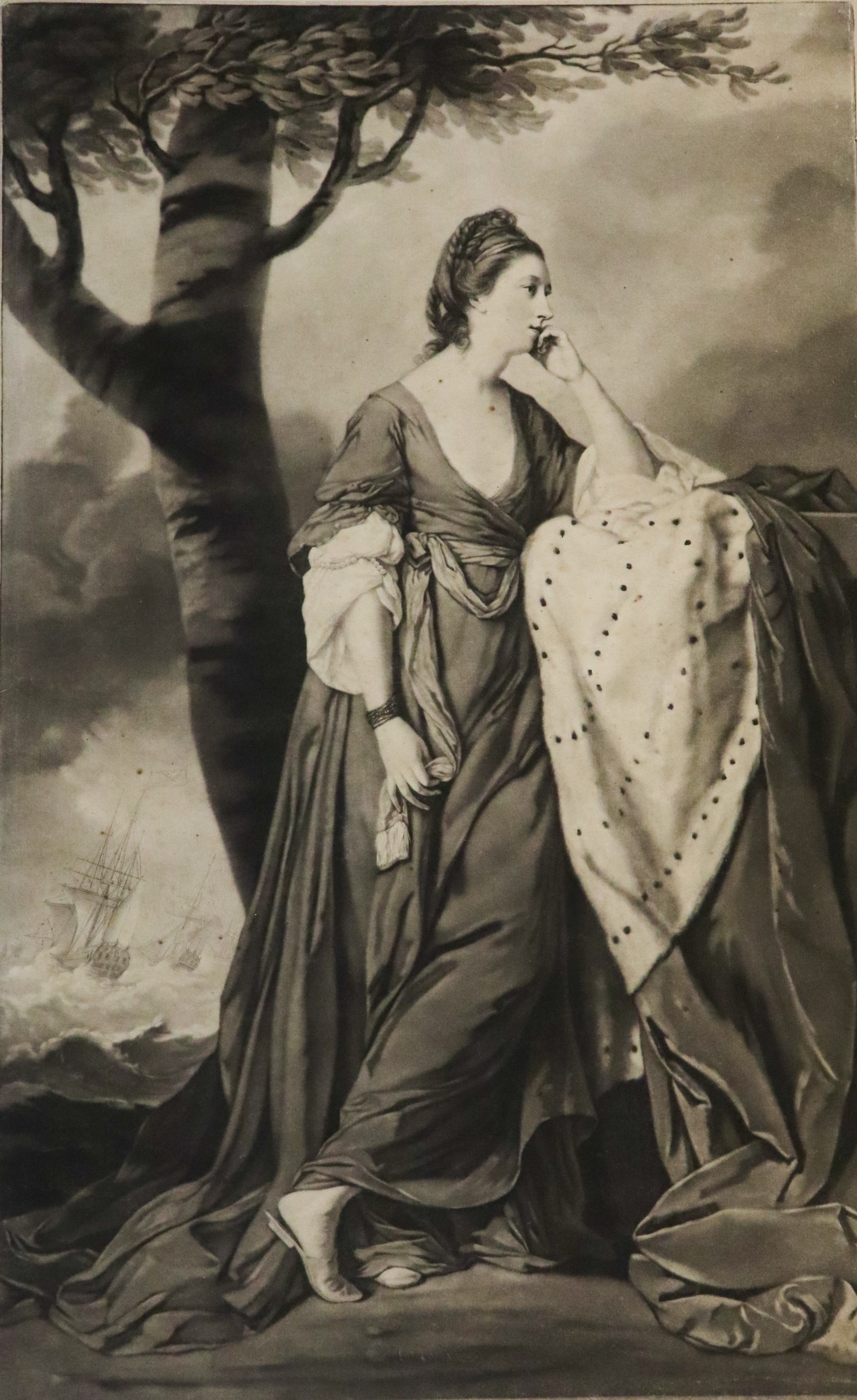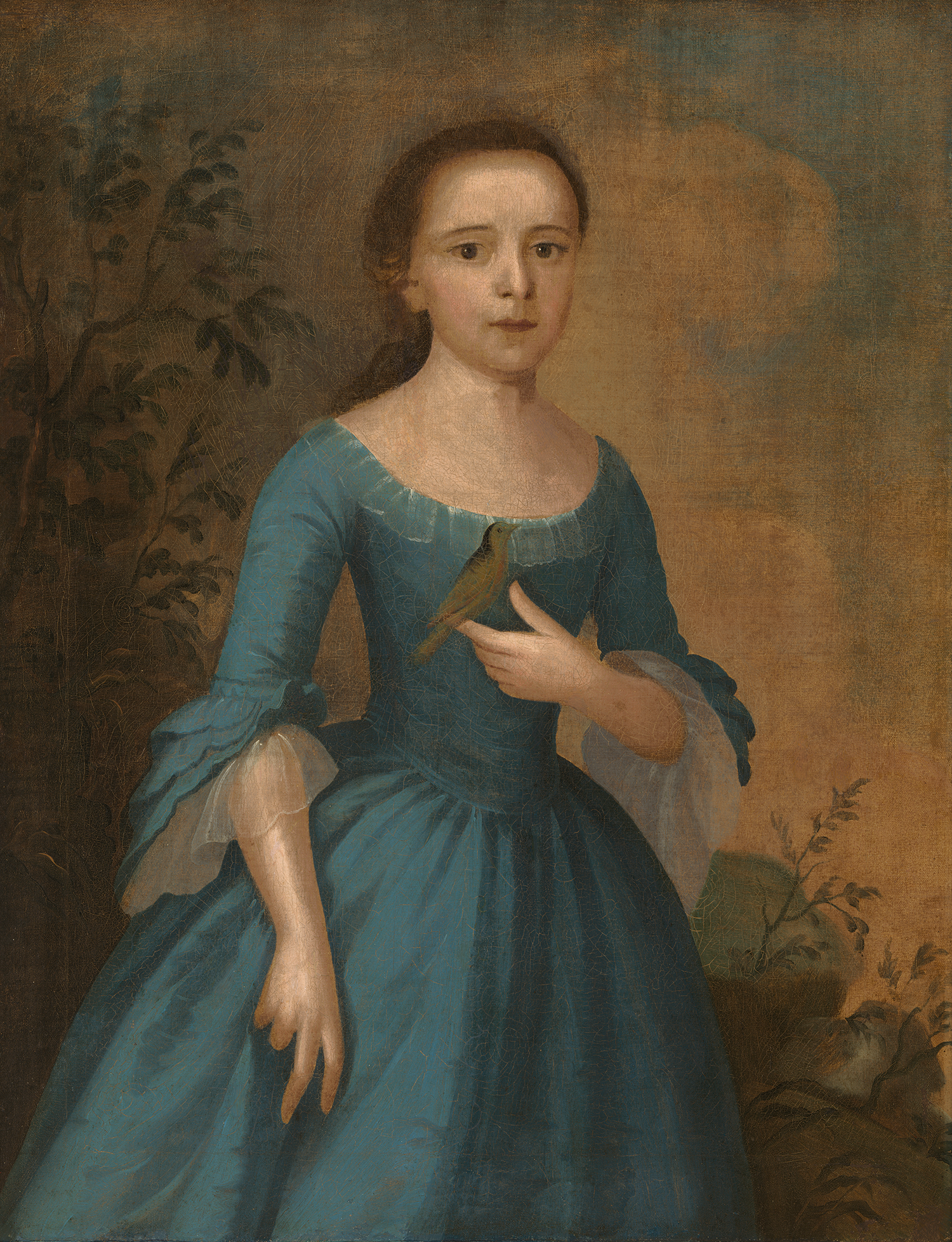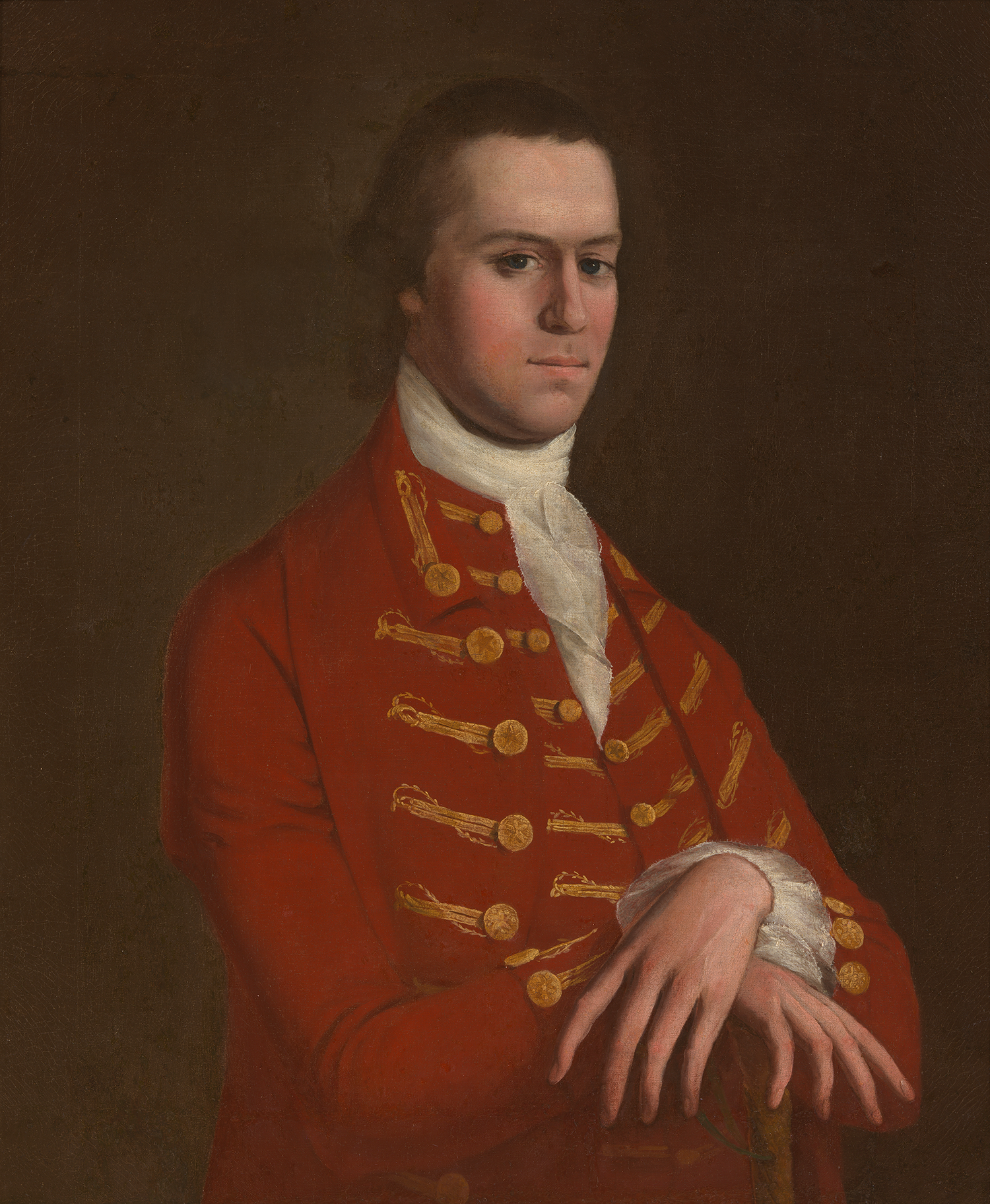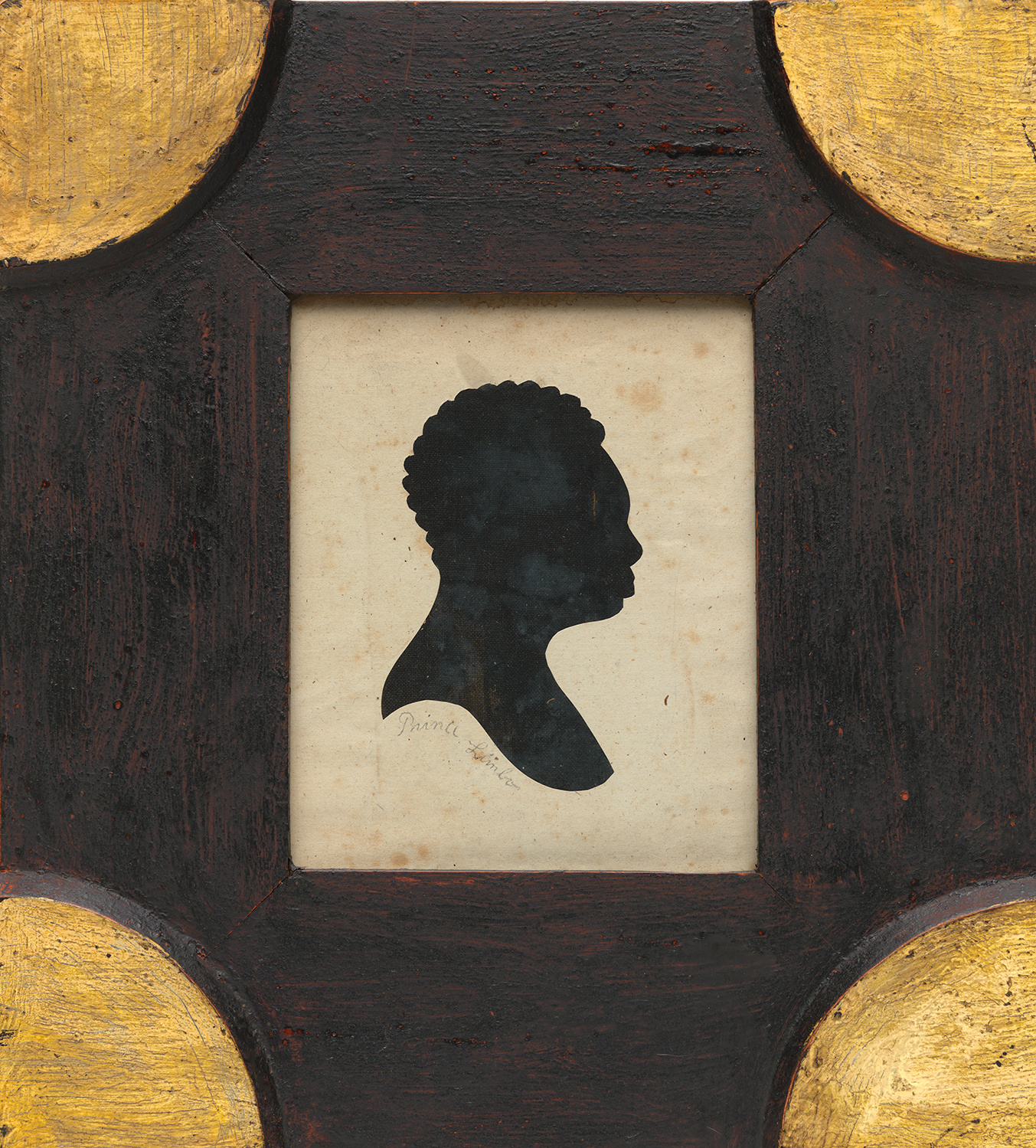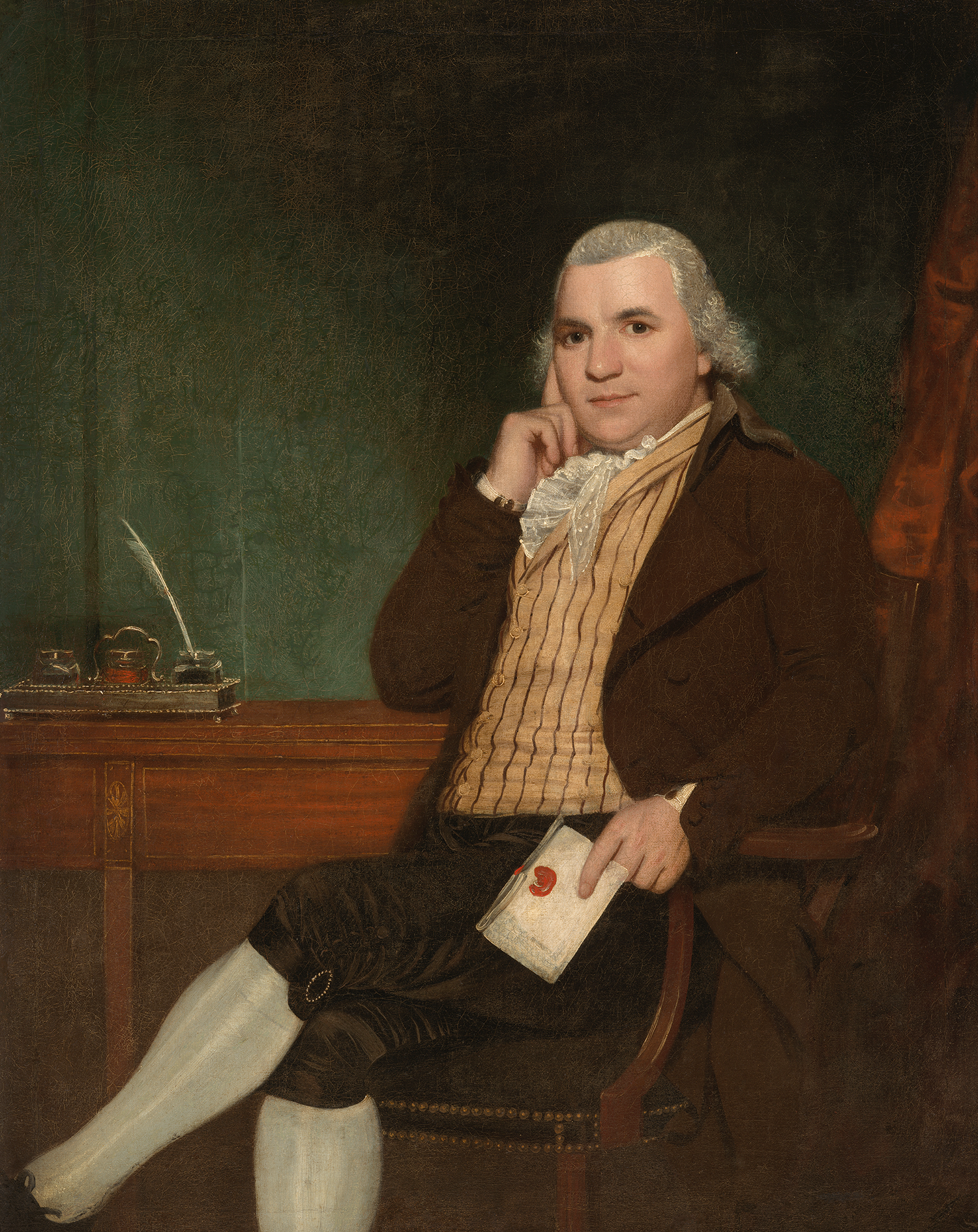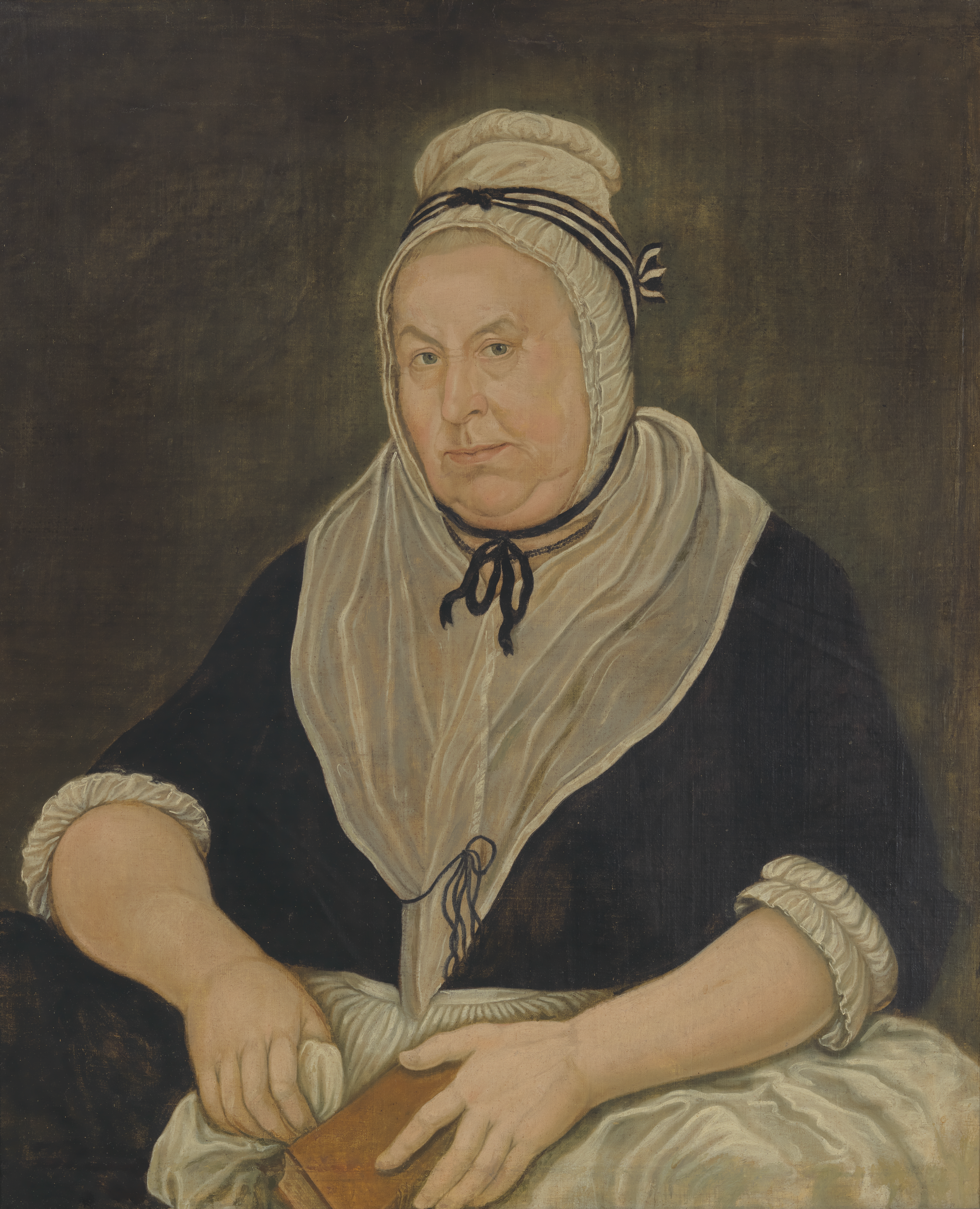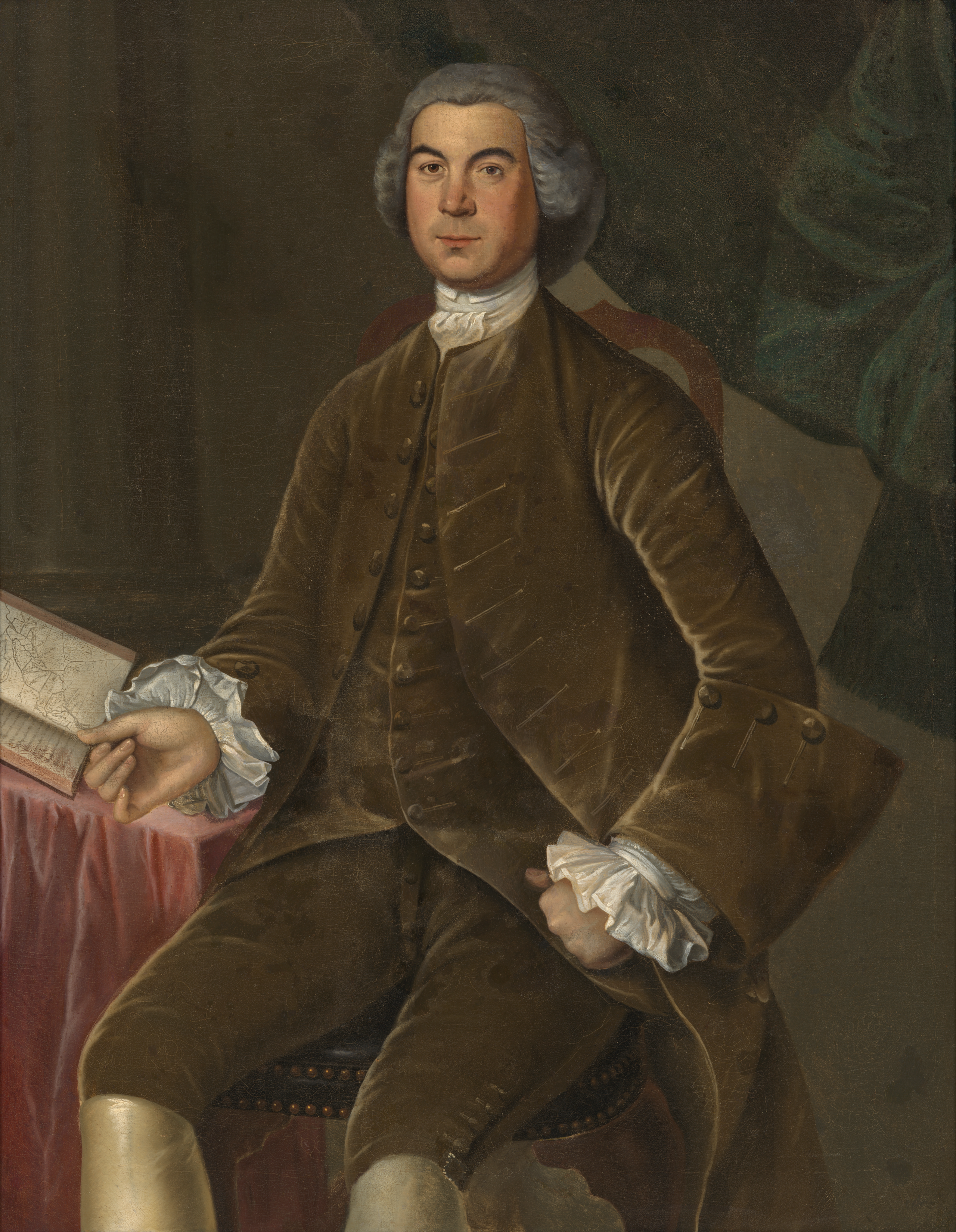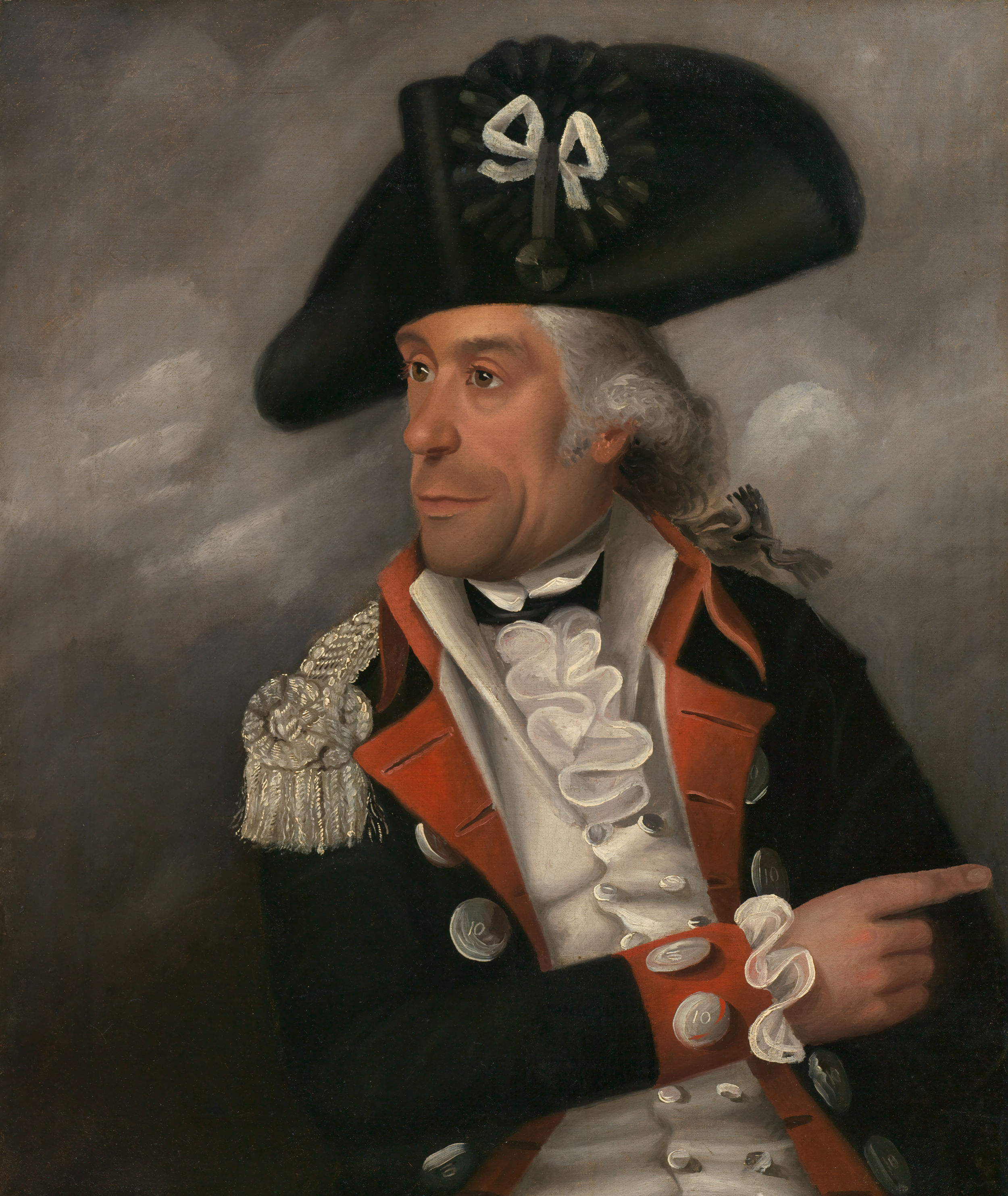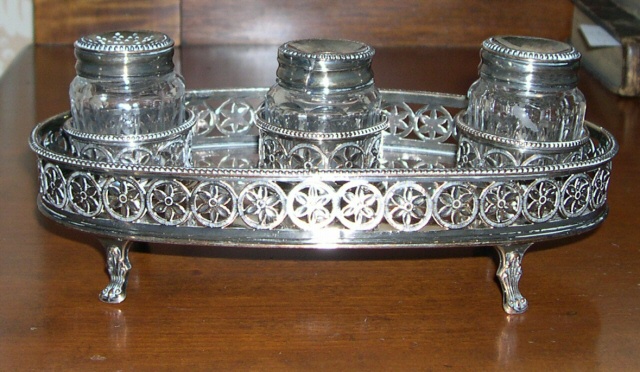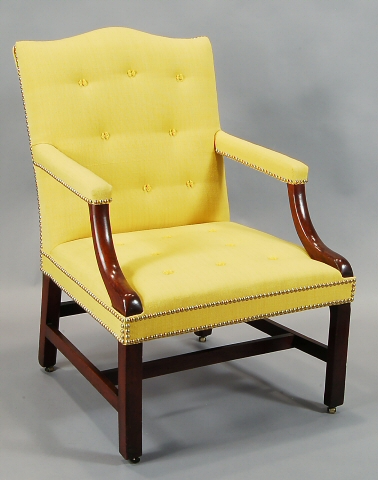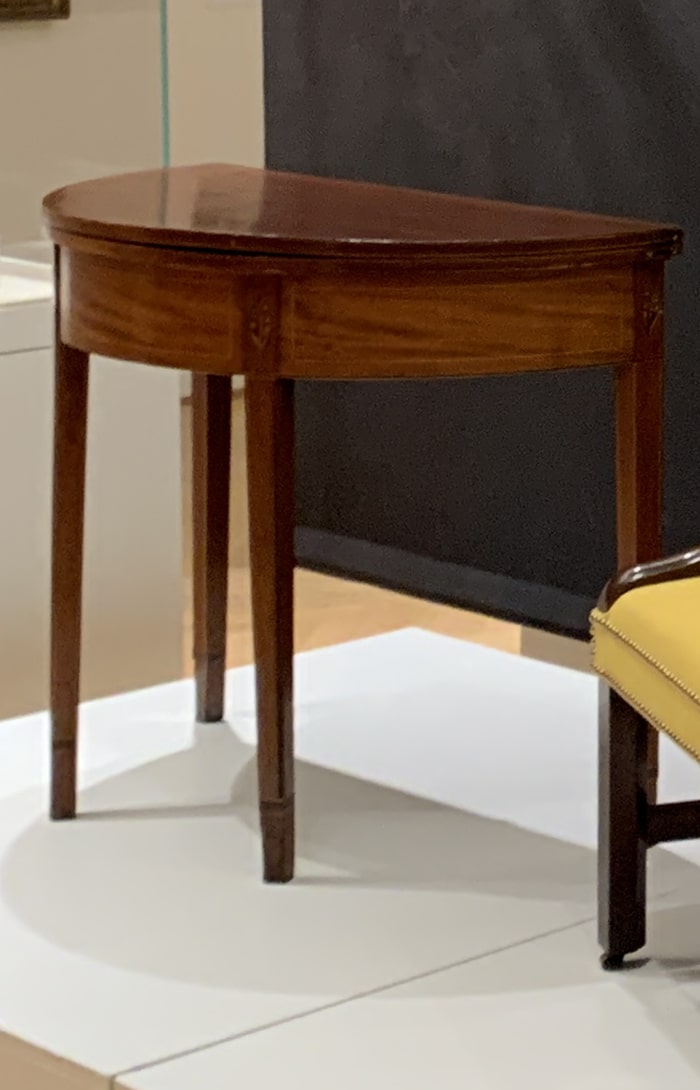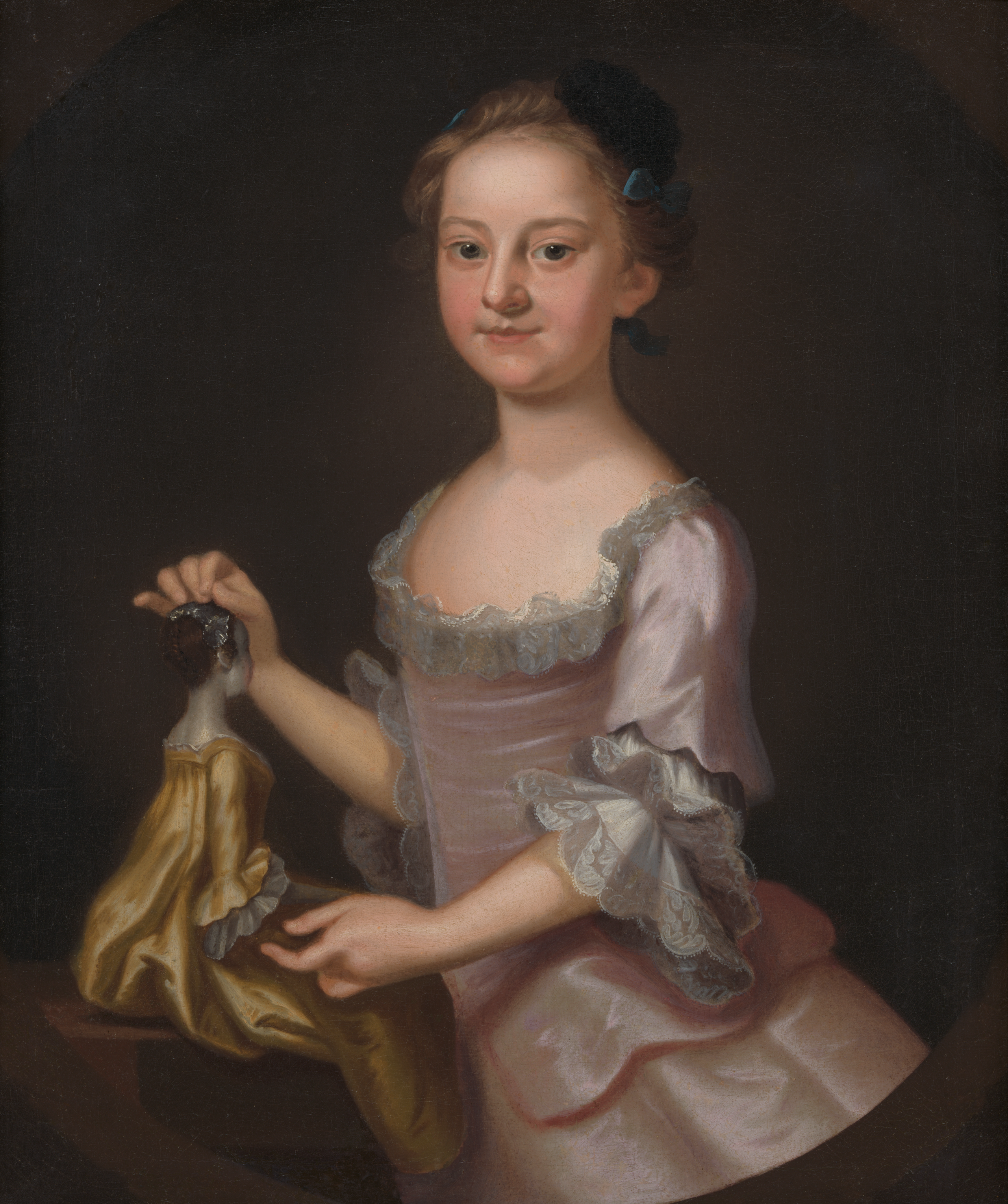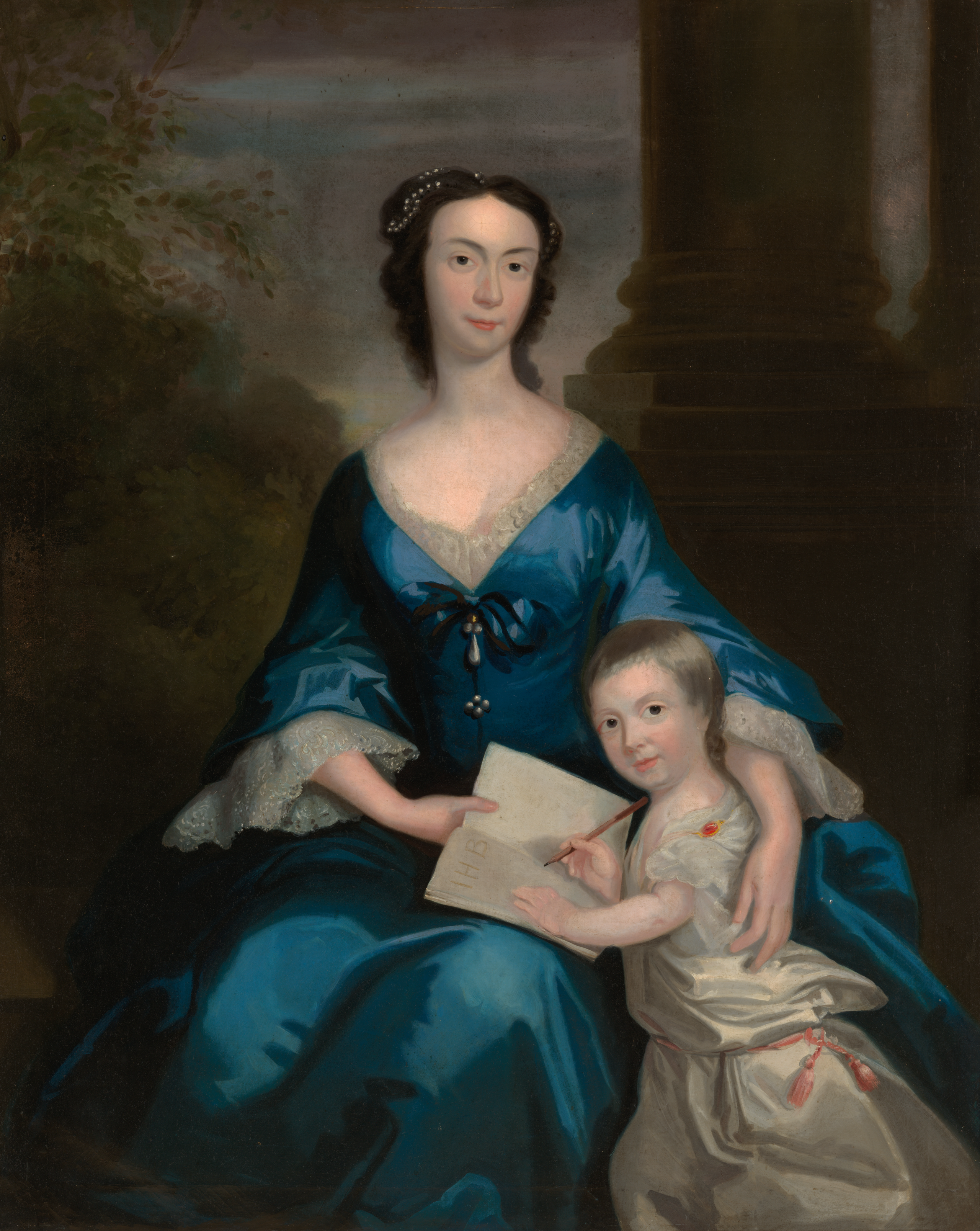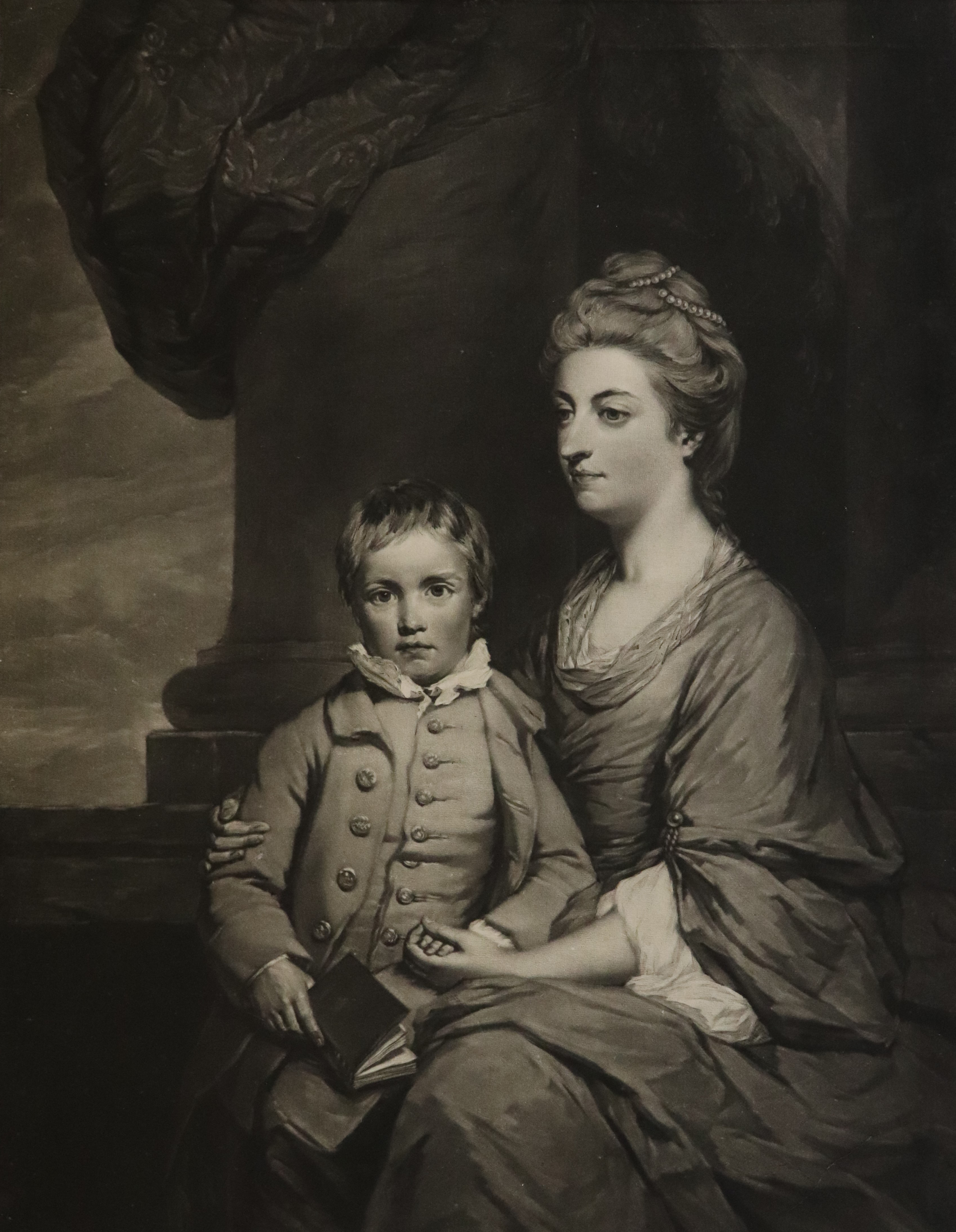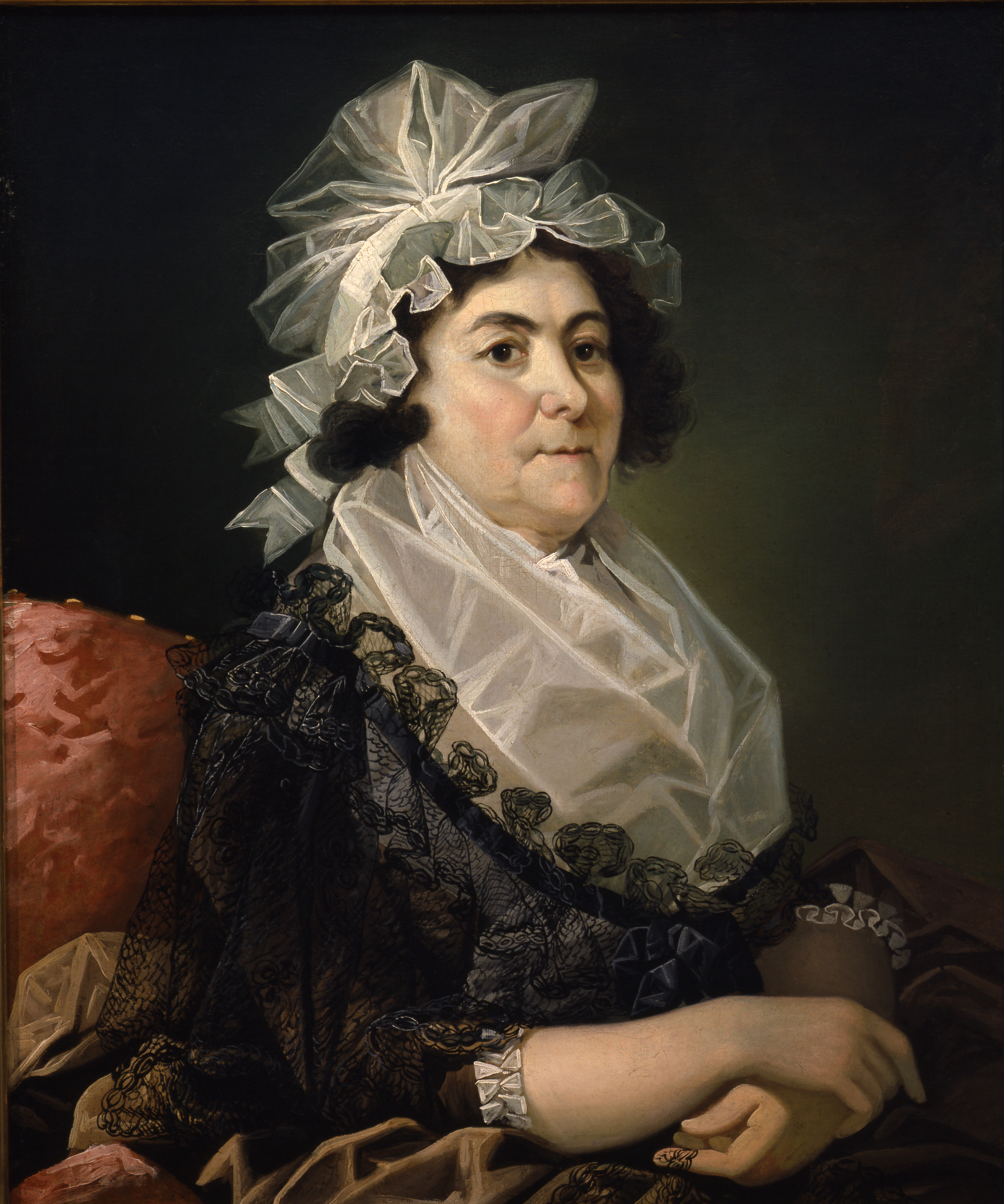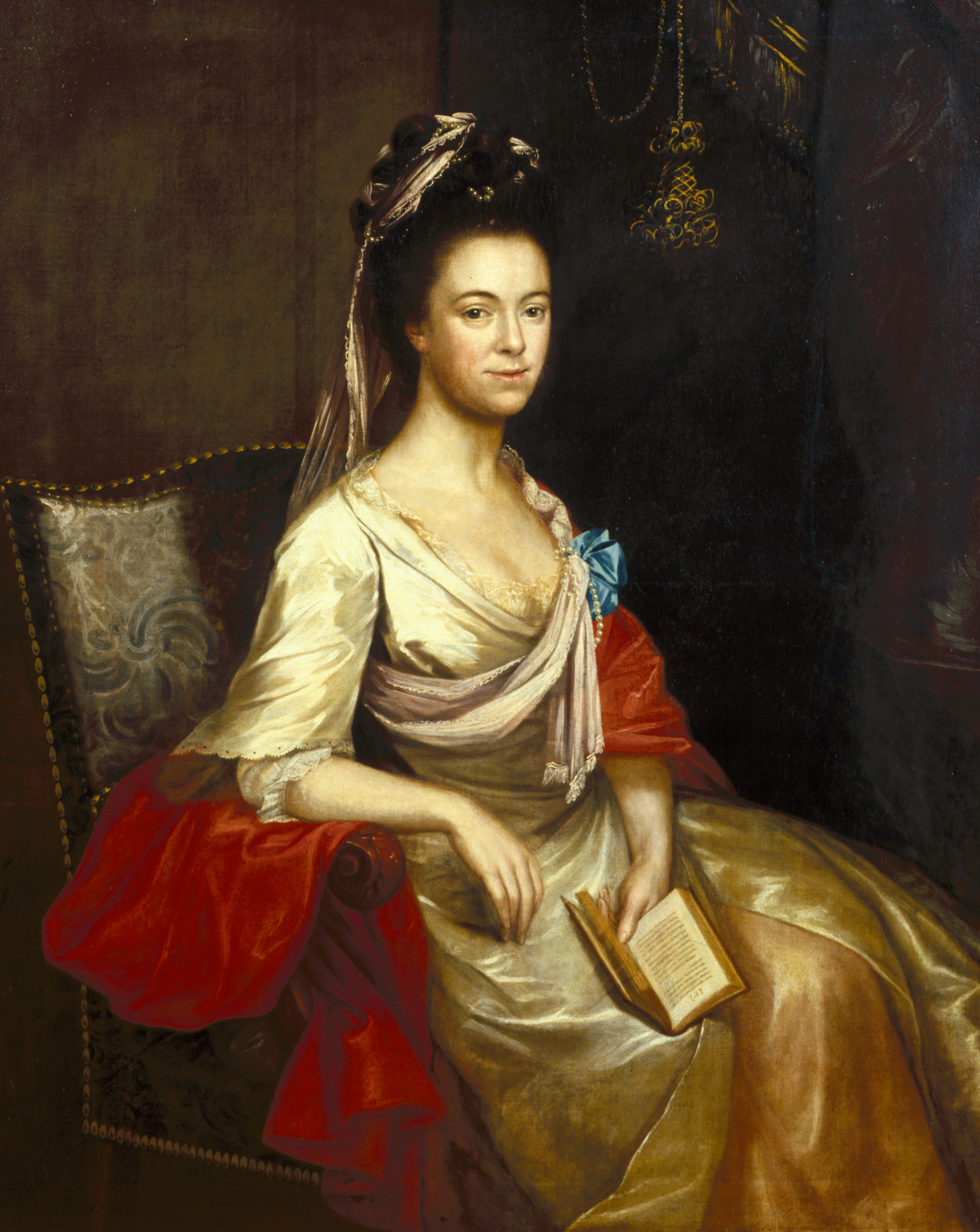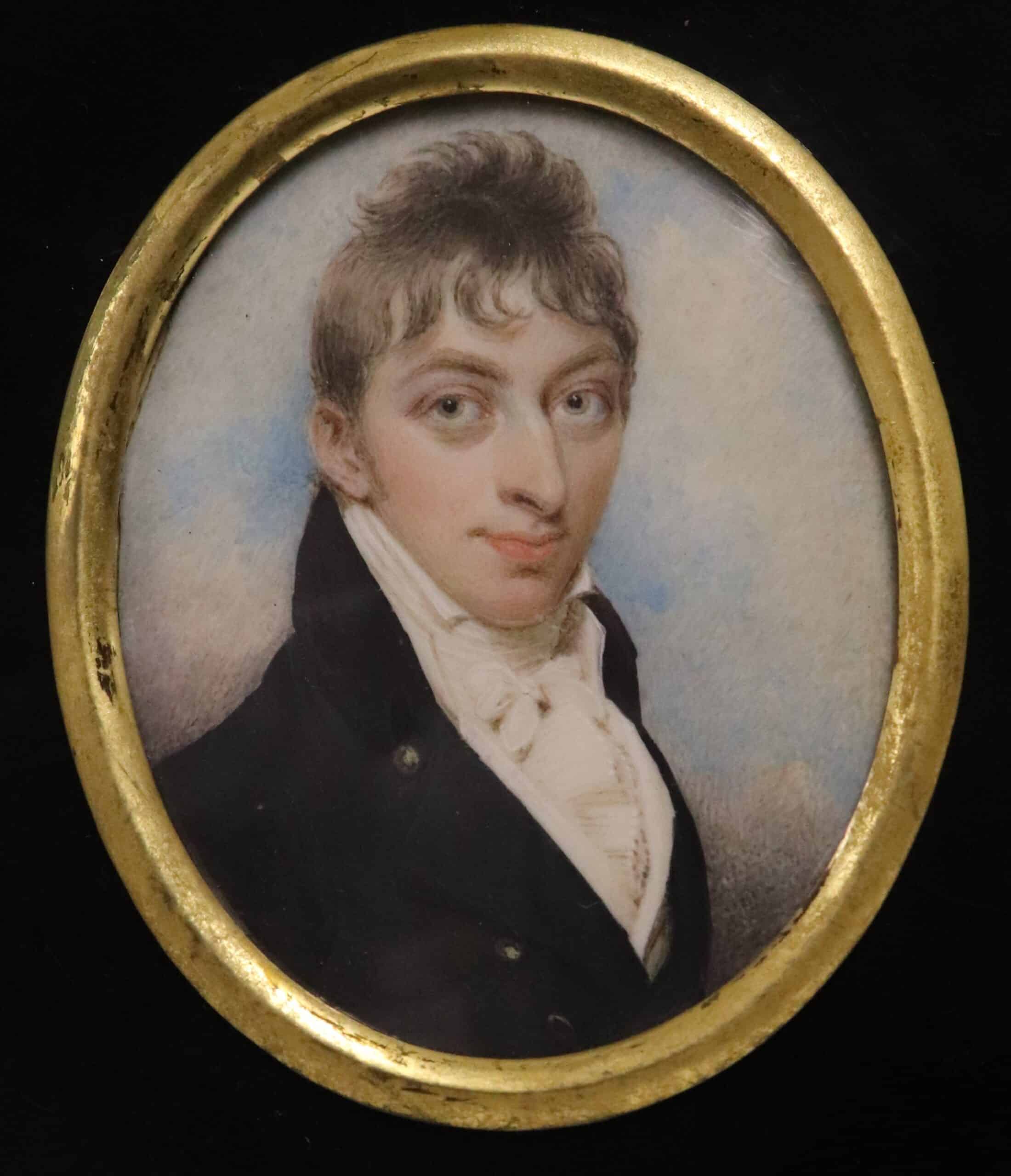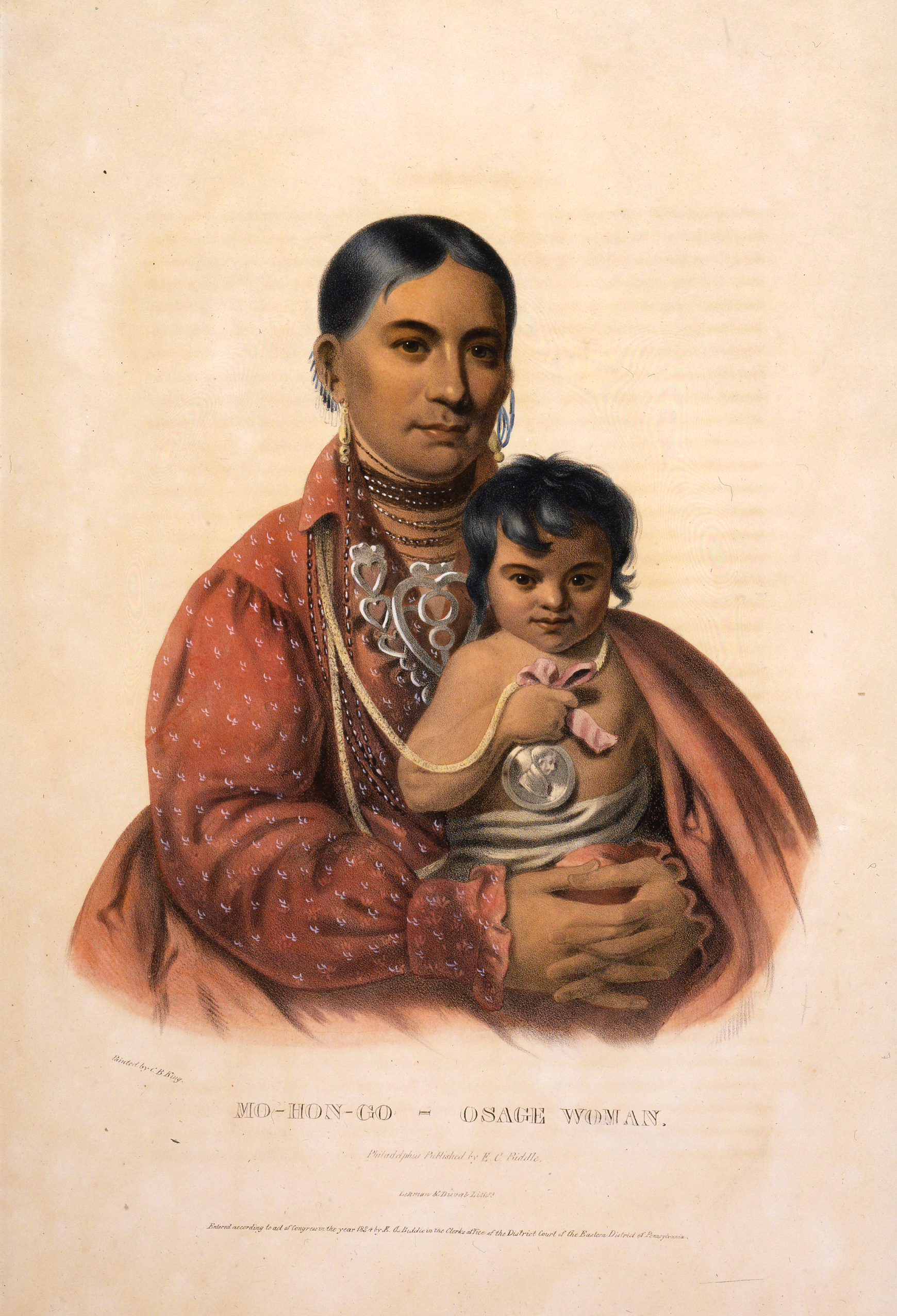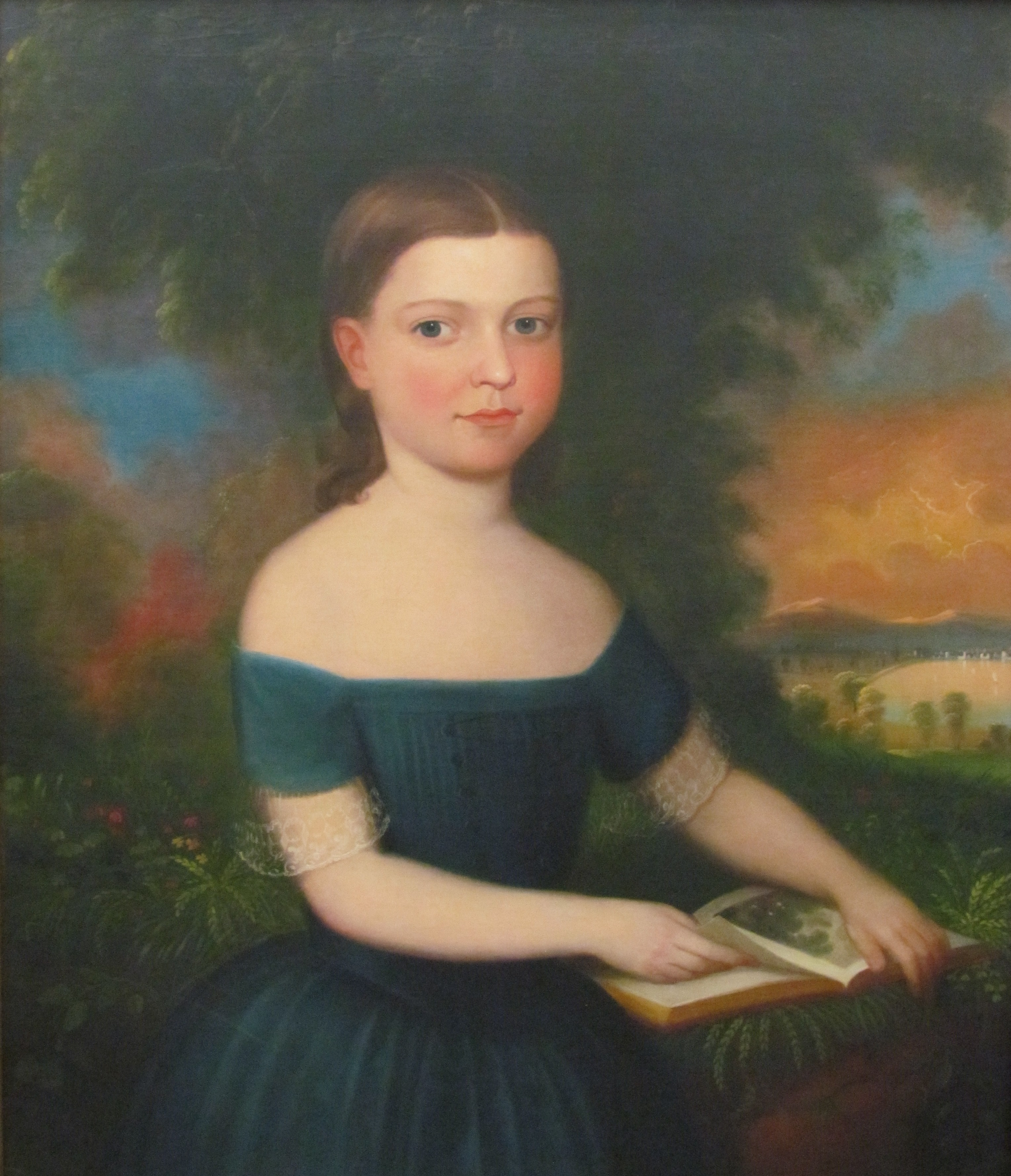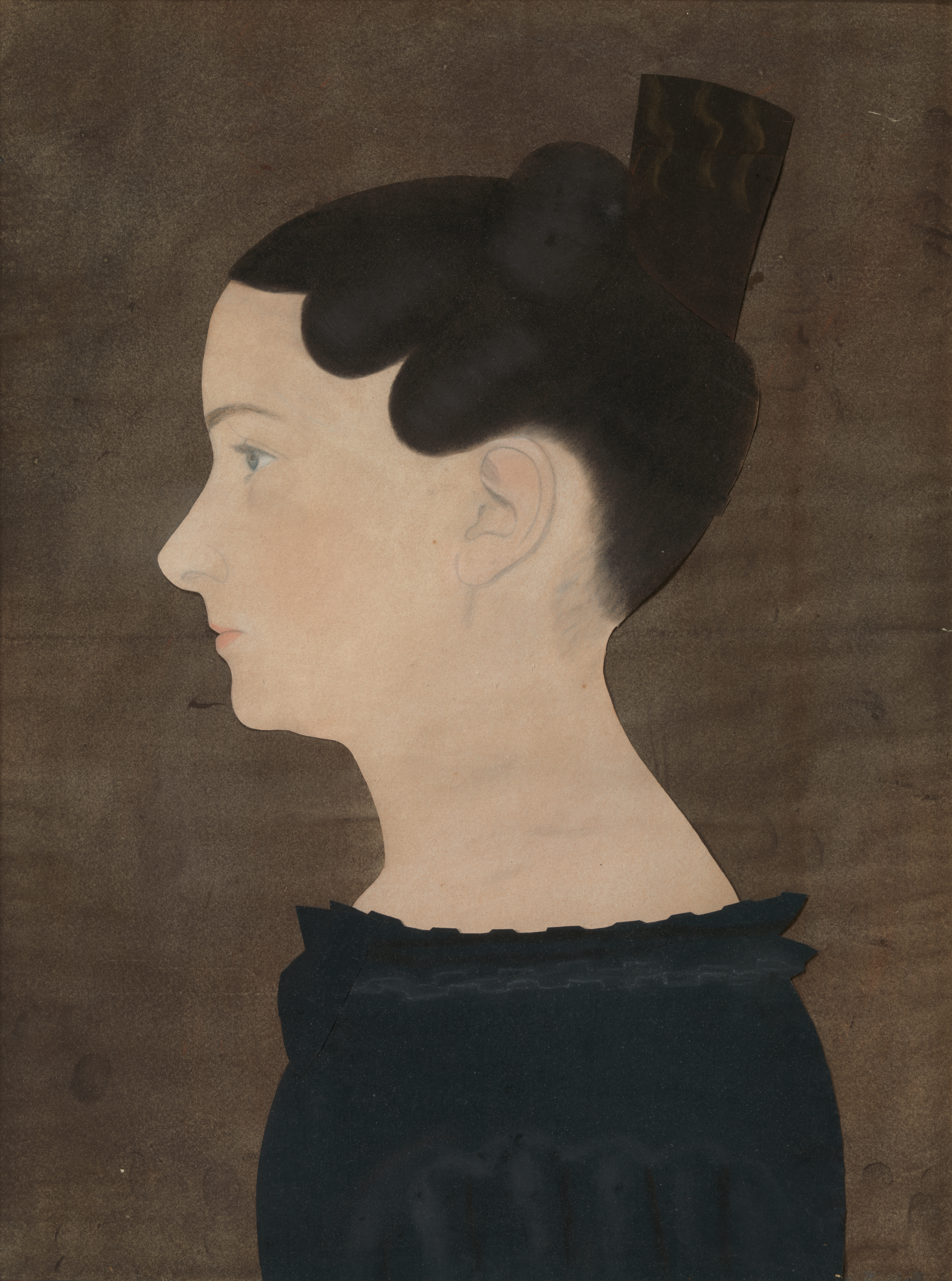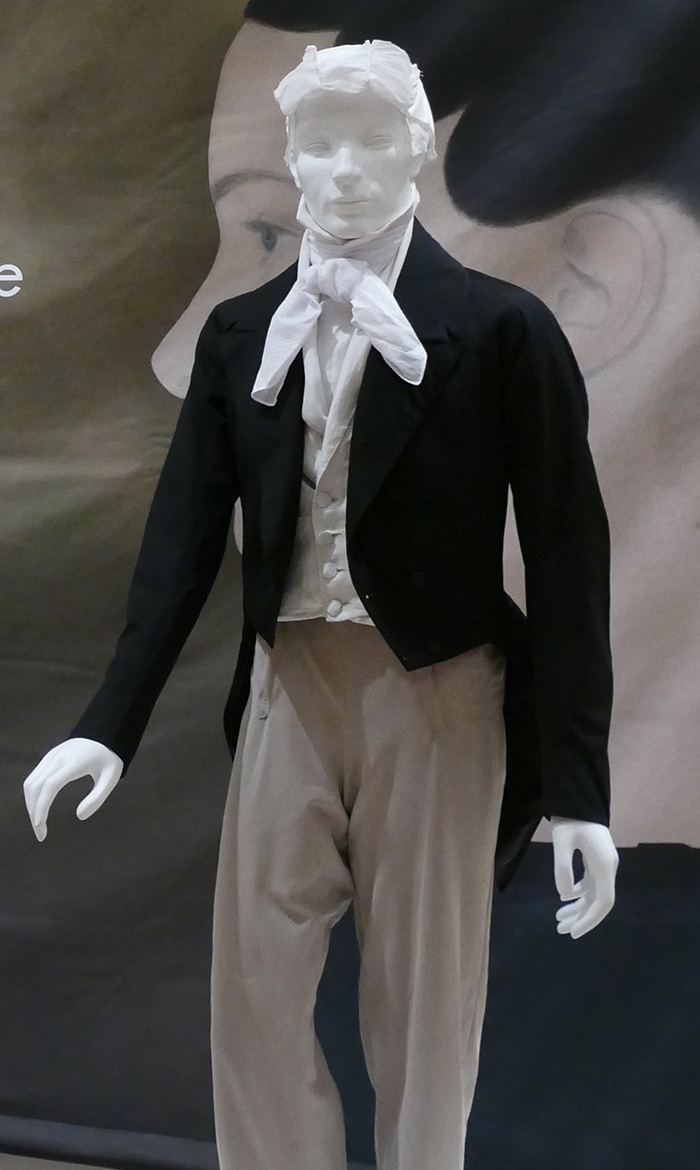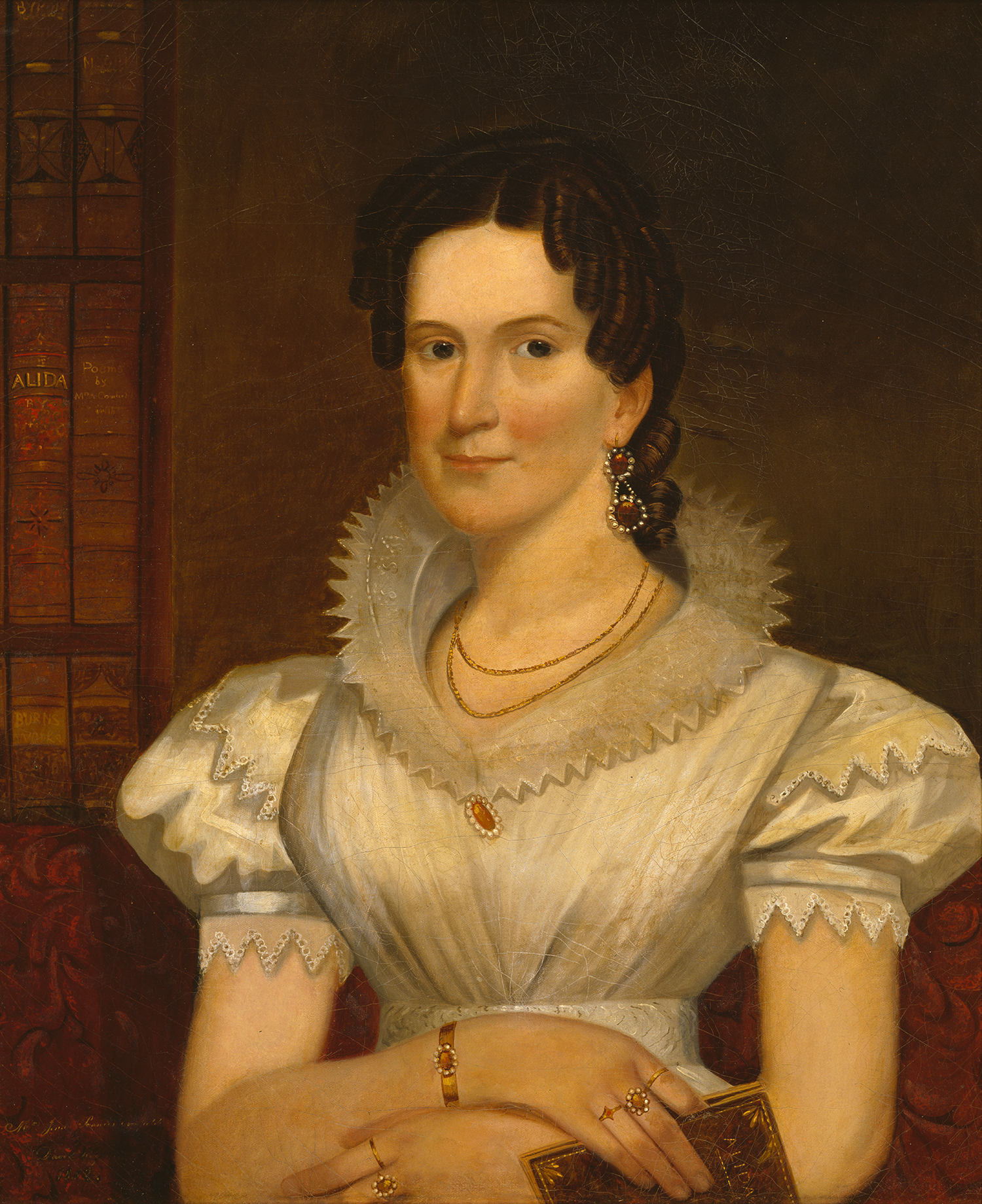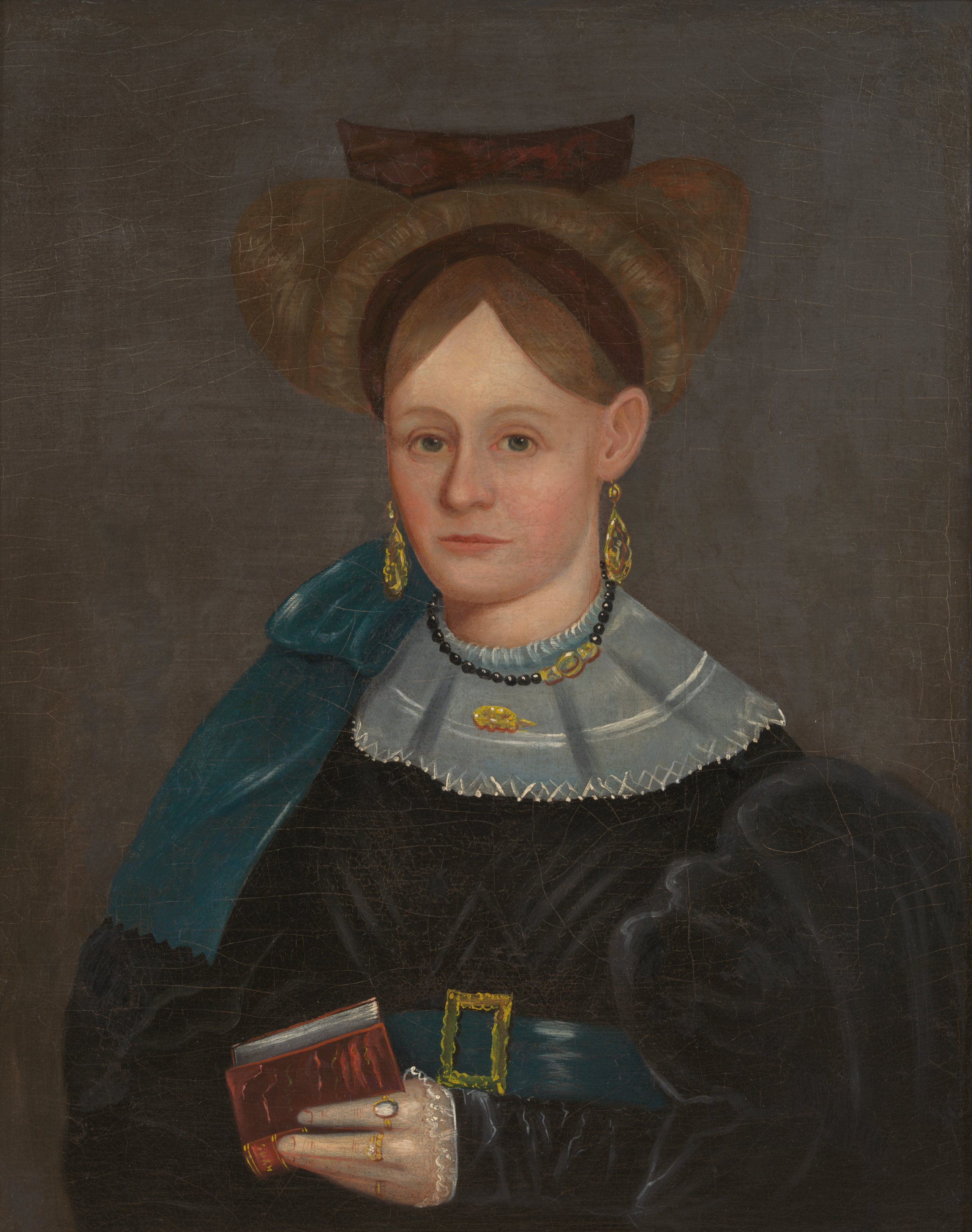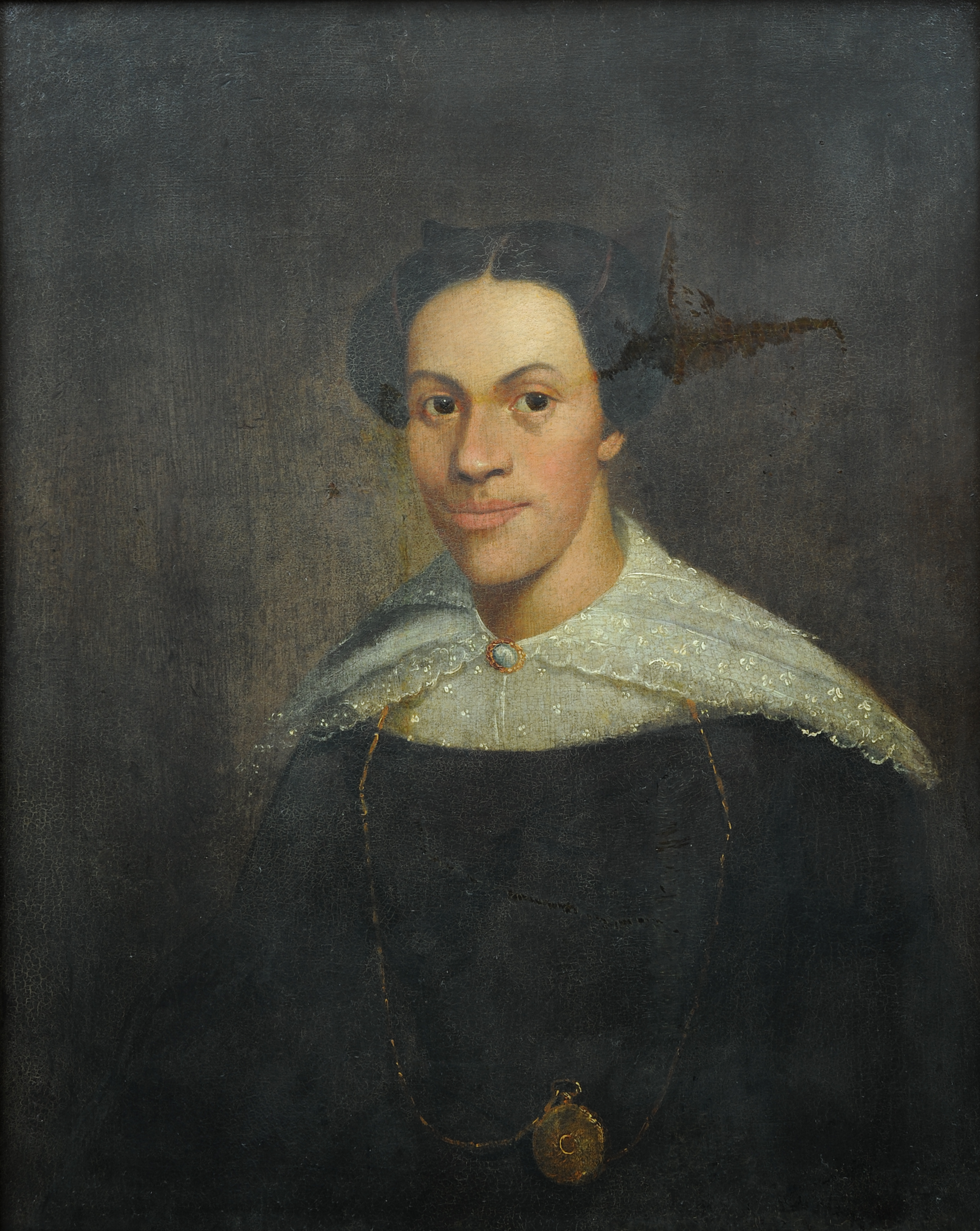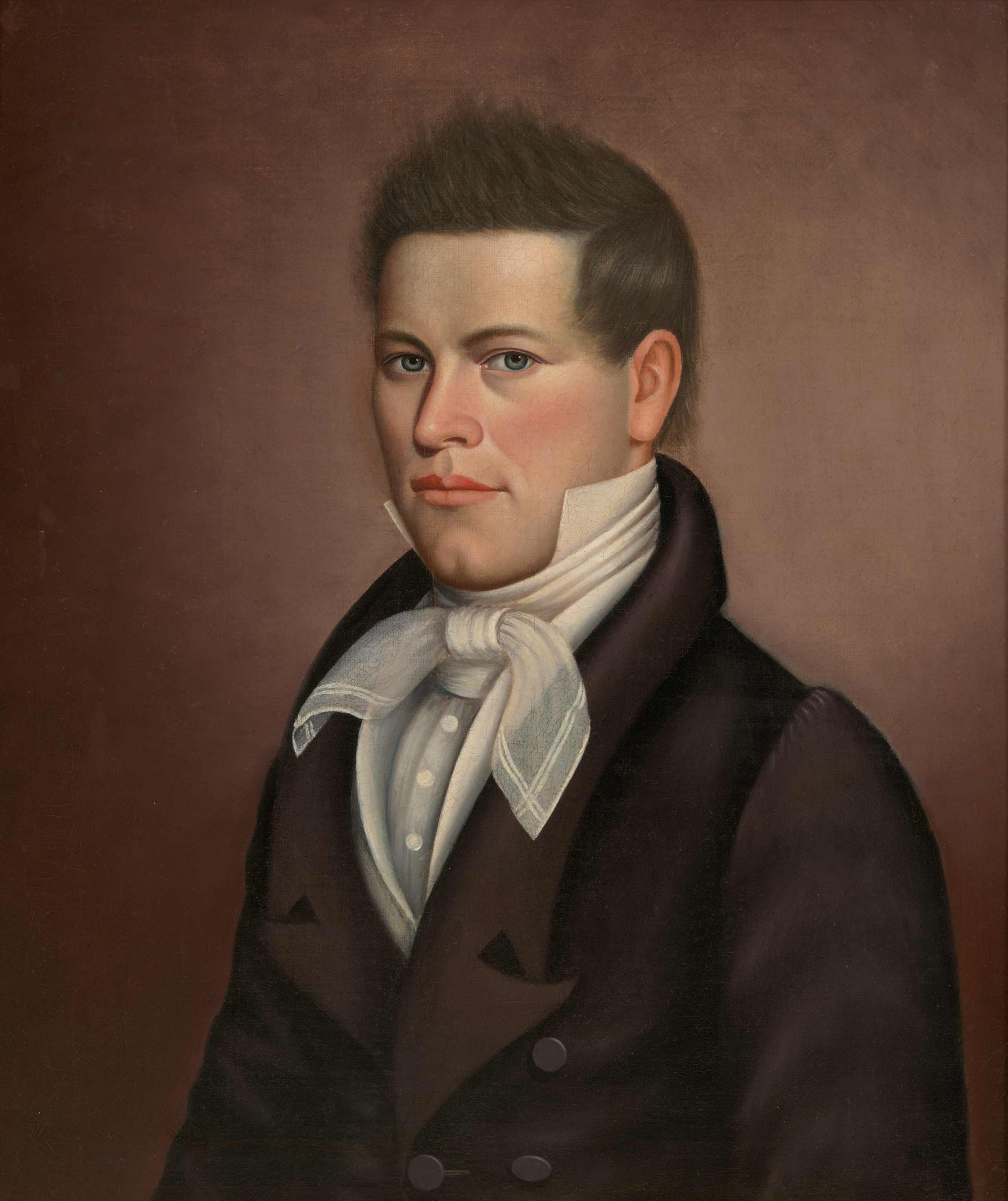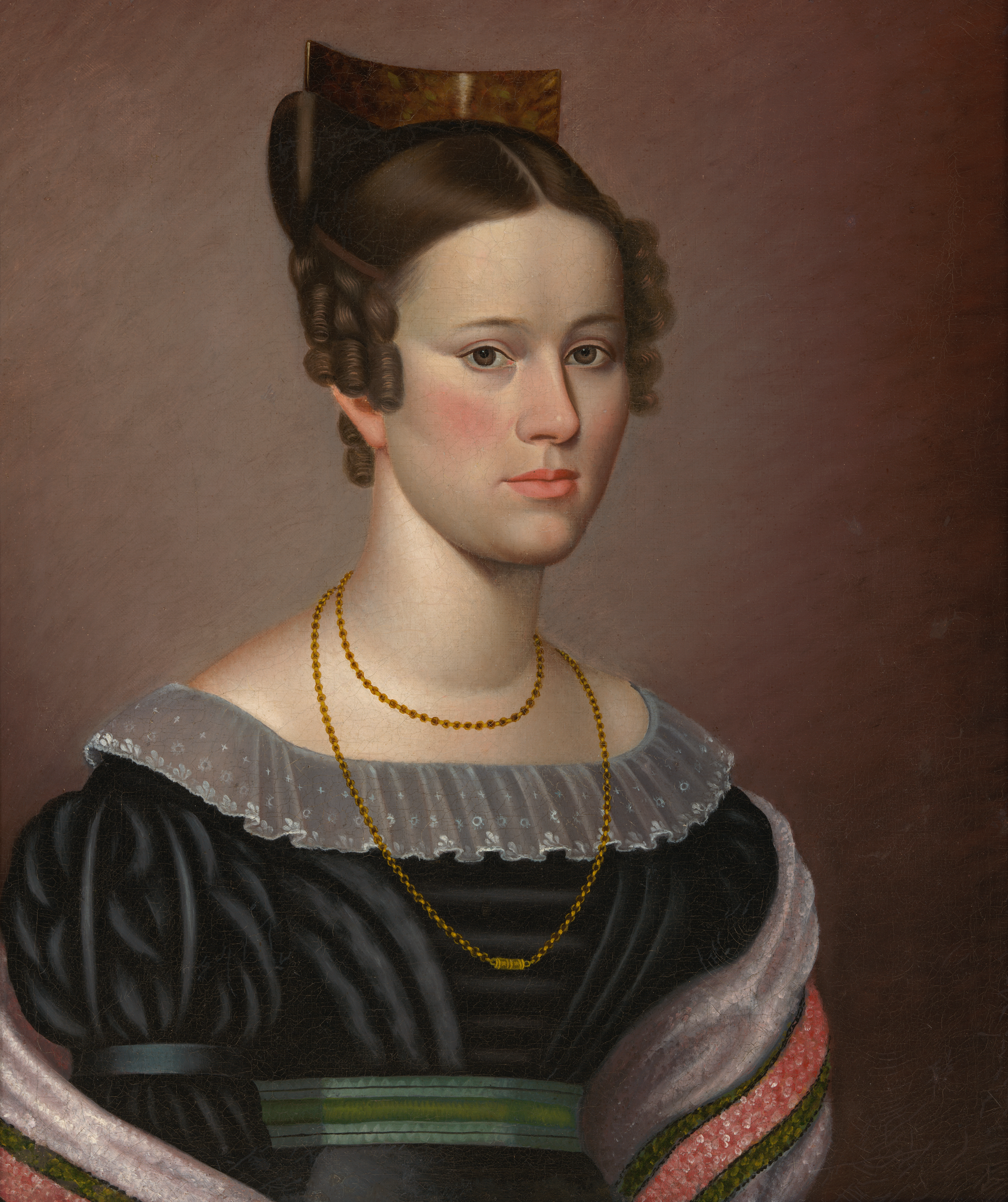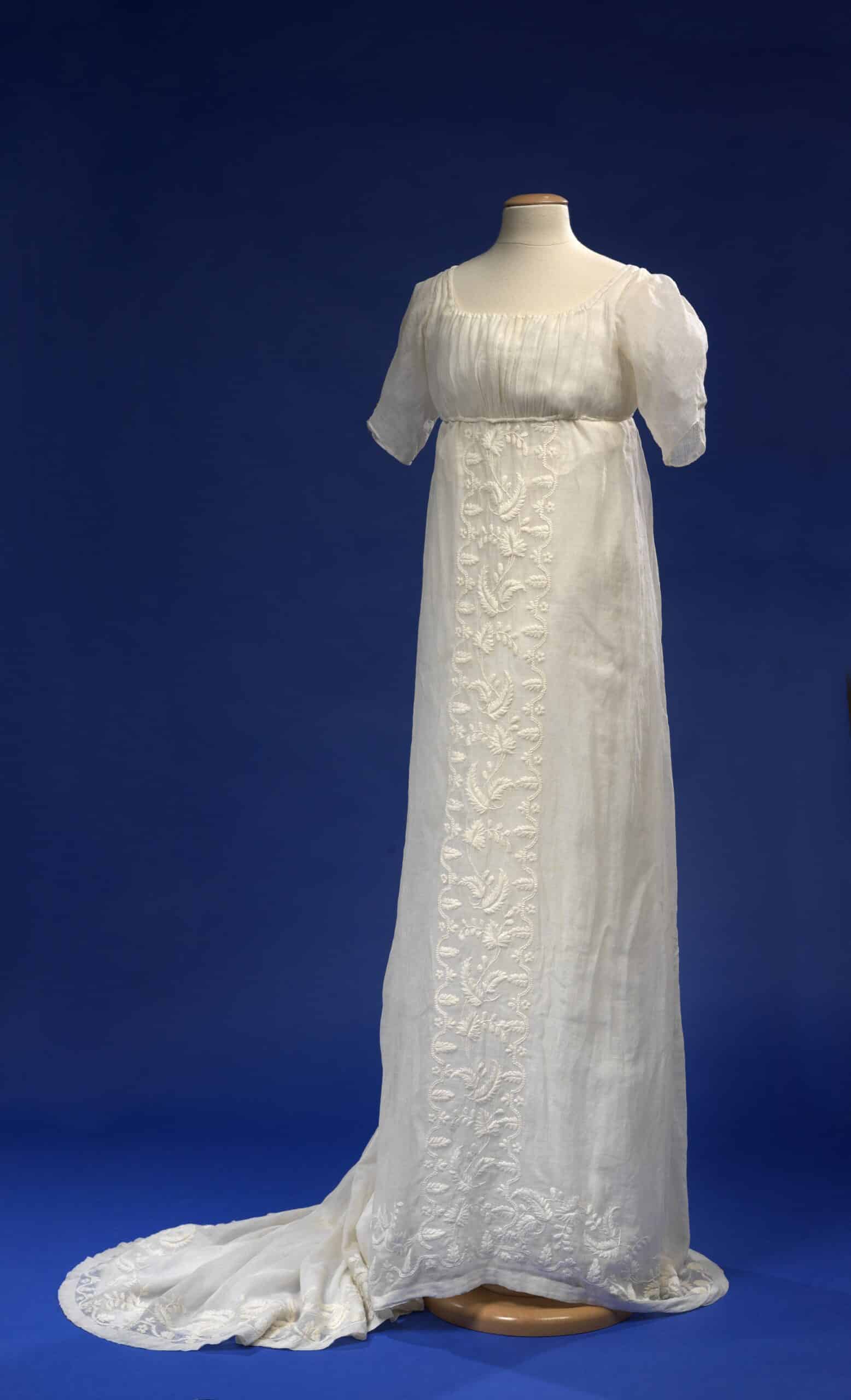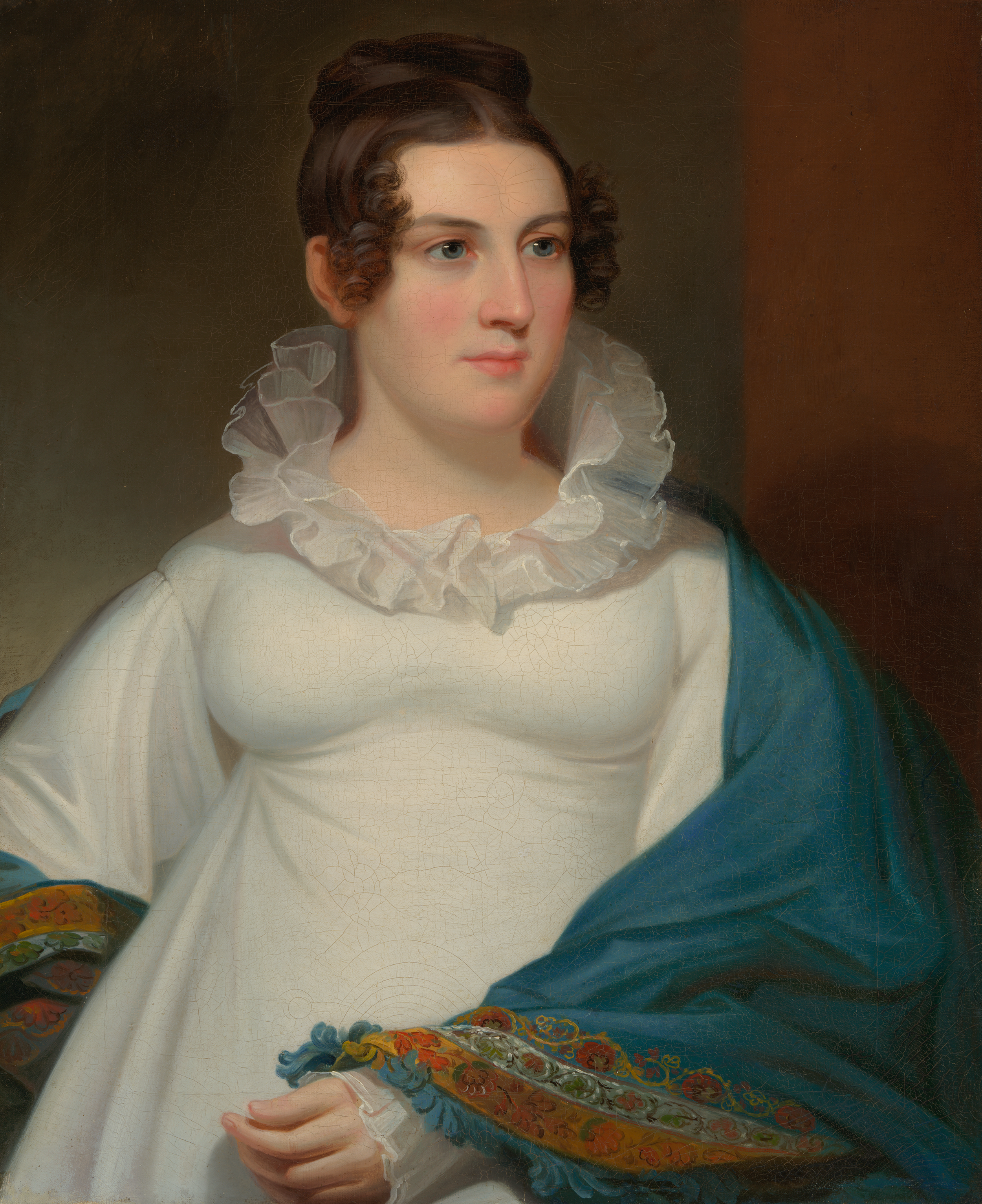Introduction
In 1754, artist Lawrence Kilburn advertised that “all Gentlemen and Ladies inclined to favour him in having their pictures drawn, that he don’t doubt of pleasing them in taking a true Likeness.” Kilburn’s advertisement, loaded with meaning, is one of many examples of advertisements placed by artists in the 18th and 19th centuries to garner portrait commissions. This ad reveals a lot about his, and other artists, potential clients, and their desires for being represented on canvas.
In looking closer at portraits, subjects, artists, and the context in which they were produced, a deeper understanding of society is revealed; a society that valued power, personal leisure, and prescribed gender roles. This exhibition takes a deeper dive into the context and symbolism of early portraits to better understand the transmission of ideas and their impact on people over time.
Artist
The artist, the creative vision between the canvas and the subject, may have been the most integral part of crafting the image. Their training and understanding of art prepared them to translate the expectations of the sitter onto the canvas. Their backgrounds and training were as different as the subjects they depicted. Some artists gained training from elite art schools, others learned on their own, and some recieved training from notable artists traveling from town to town.
Training
Lancaster, Pennsylvania artist Jacob Eichholtz was influenced by the work of Thomas Sully. Sully first learned the trade of painting from his older brother, Lawrence, before his sudden death in 1806. How artists came to learn the art of portrait painting differs as much as the subjects. Some were fortunate enough to gain access to elite art schools like London’s Royal Academy of Art. Others, like Eichholtz, took lessons from established artists like Gilbert Stuart. Still, others showed natural talent that did not come from formal training, like Henrietta Johnston and Ruth Henshaw Bascom.
18th Century
By the middle of the 18th century, portraiture in British North America had progressed so much so that artists could be found in every major city and commissions were regular. While not every artist found great success, there was enough demand for portraits that each city had at least one artist with an established studio and could host itinerant artists from time to time. A distinctive style and message in portraiture had also been established by the middle of the century.
18th Century
Power
A booming agricultural economy built on enslaved labor centered in the South and shipping and manufacturing in the North opened the door for colonial elites to commission portraits. These likenesses, beyond being a simple recreation of one’s image, were used to convey one’s position in society and what values were held higher than others.
18th Century
Gender Roles
Portraits of men and women varied in many ways, but the most common distinction was in portraying gender roles. Portraits, particularly of women and young girls, exhibited an array of symbols and cues that conveyed to viewers a family or individual’s values through the subject.
19th Century
The 19th century witnessed new approaches to portraiture, including photography which would become an influential medium by the middle of the century. While power and gender roles continued to be conveyed through portraiture, evolved values and ideals played out on the canvas. The public embracing of neo-classical values carried over to portraits, stimulating discussion of the importance of these ideals in the new United States of America.
19th Century
Power
Following the Revolutionary War, Americans’ views on equality began to change; a change that would lead to civil war later in the 19th century. Individual liberty and one’s ability to rise in society became common themes in portraiture. Access to portraiture and increased interest in art in America brought portraits into the conversation of who holds power and what ‘power’ means.
19th Century
Gender Roles
Thoughts on gender, particularly those surrounding women, shifted during the early 19th century. More notable of these shifts were views on a woman’s primary role as a child bearer. Women took greater control of their bodies and agency during this period. These efforts can be seen in how women were portrayed in this period compared to the previous century.



